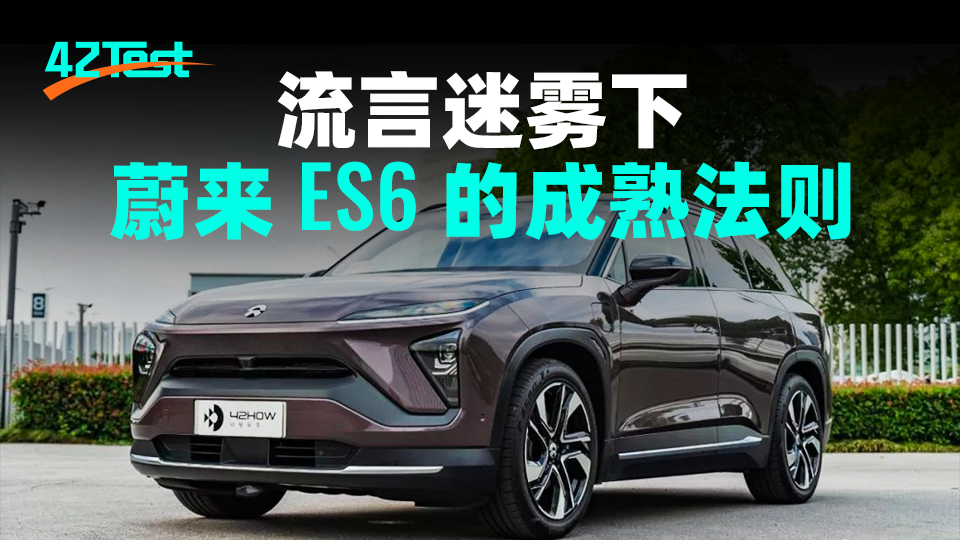When many new automakers have not yet accurately delivered their first products, NIO has already put its second model, the ES6, into mass production on June 18 of this year, which puts NIO far ahead of its competitors in terms of time. But the earlier ES8 fell into a passive situation due to its range problem. After absorbing one year of experience, how is NIO’s second car?
Recently, we got a first edition commemorative version of the ES6. This car is equipped with 21-inch wheels and Nebula Purple body paint. After experiencing it for a week, the feeling it gave me is: If you are a young person who is willing to try new things and accept fresh things, it is hard to refuse the ES6, which has a superior driving experience.
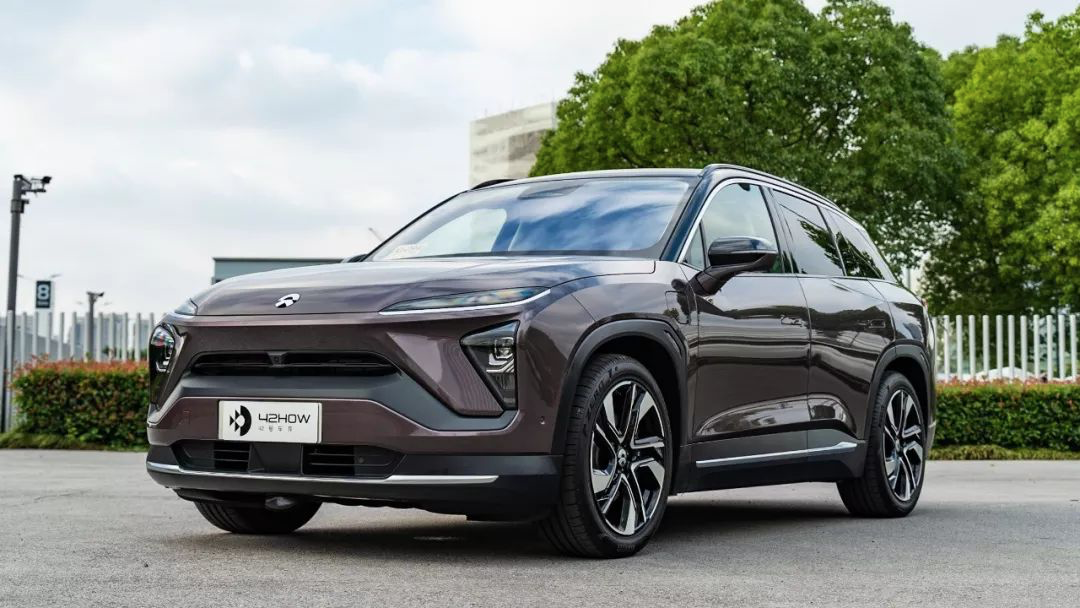
Under 42Test evaluation standards, the ES6 can get 75.8 points for vehicle quality and a total score of 85.8 points, as detailed below:

Note: Explanation for range and energy consumption scores is available on “42号车库” WeChat public account by replying “42Test”.
From Performance-Orientation to Performance and Range Balance
Let’s start with the core of electric vehicles: range.
The ES6 replaces the front motor with a smaller permanent magnet synchronous motor compared to the ES8. With the same battery pack, the NEDC range of the ES6 has been improved to around 20% to 430 km, compared to 355 km of the ES8.
Overall Test Results
Under 42Test evaluation standards, the initial version of the NIO ES6 model (70 degrees) has a city range of 384 km and a highway range of 288 km, with city energy consumption of 188 Wh/km and highway energy consumption of 233 Wh/km.
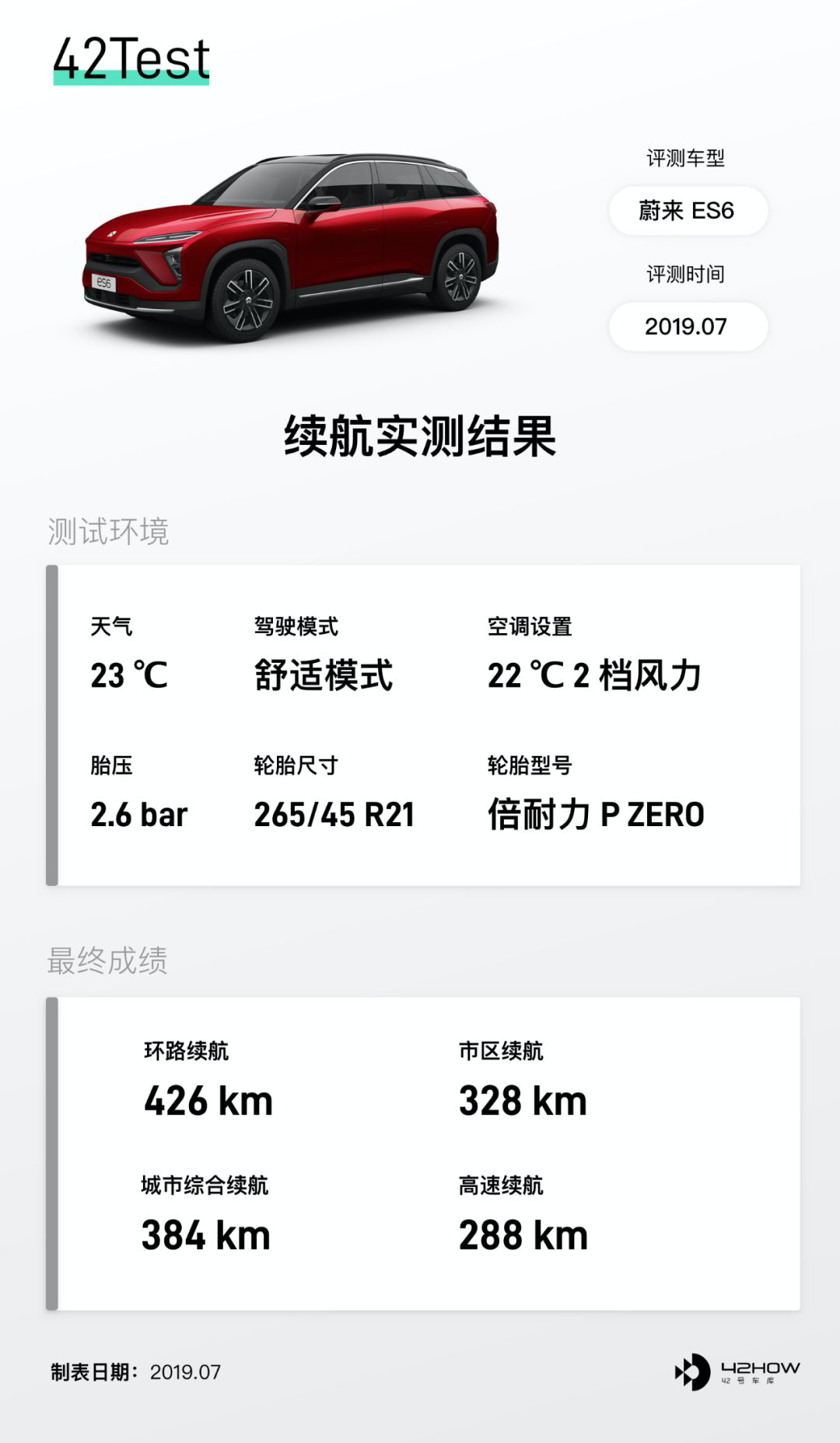
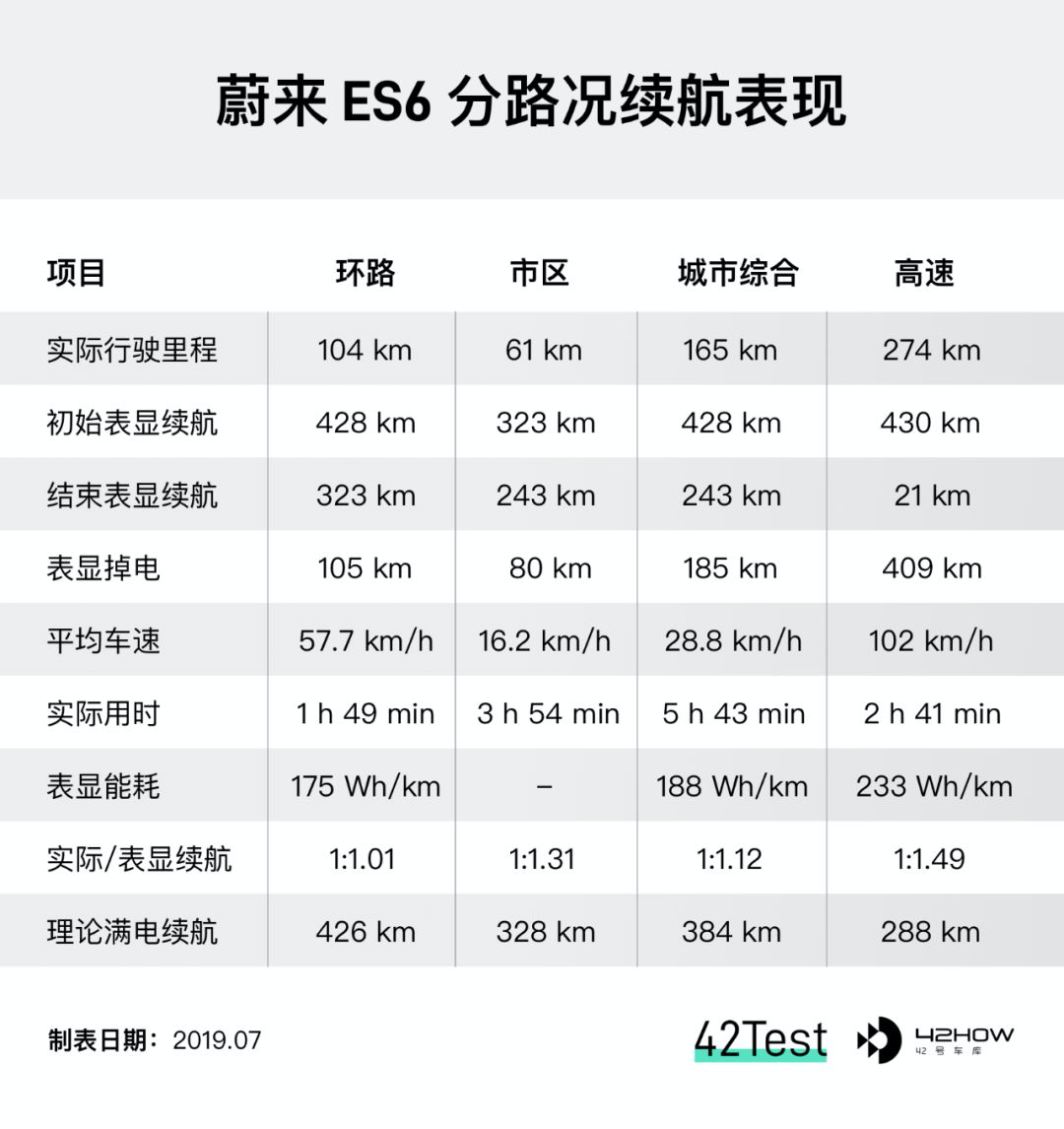
Highway Range Test
When conducting the highway range test, we drove from Fengjing Service Area with a fully charged battery (range shown on meter: 430 km) and drove 274 kilometers to Lanxi Service Area, with a remaining range of 21 kilometers.

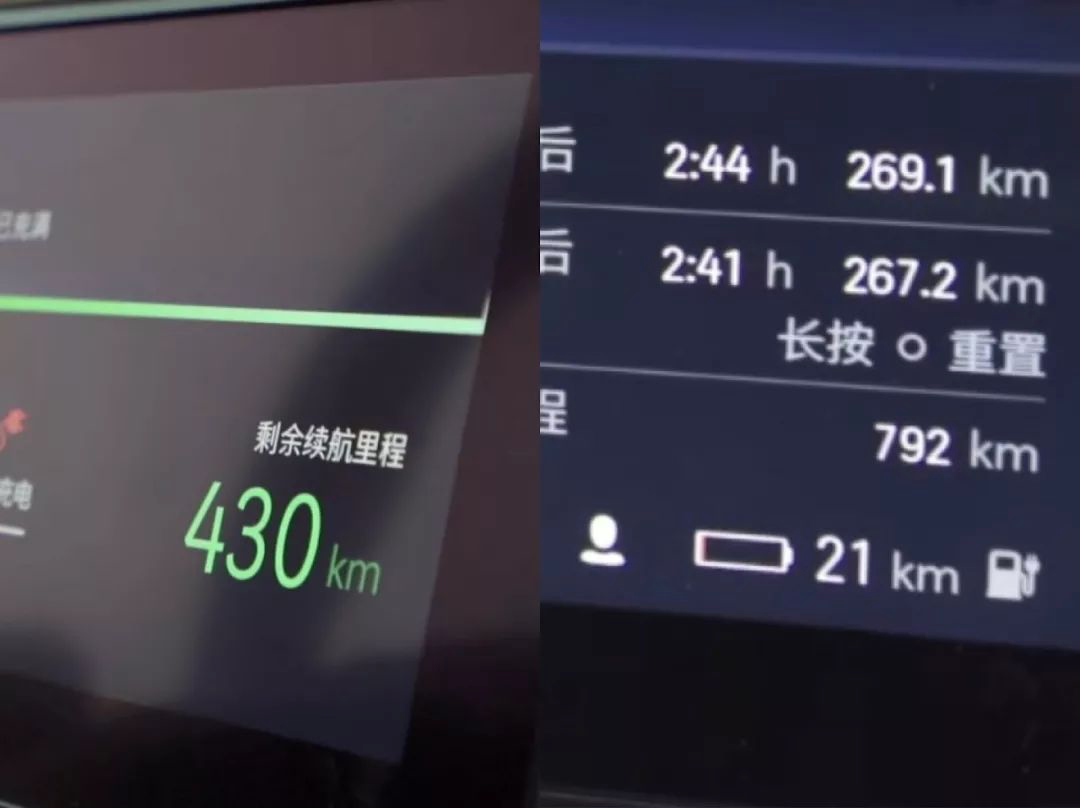

The average speed throughout the entire trip reached 102 km/h. During the 40 km test route, there was heavy rain, and the air resistance and rolling resistance of the tires increased due to the wet road condition, leading to a higher overall energy consumption.
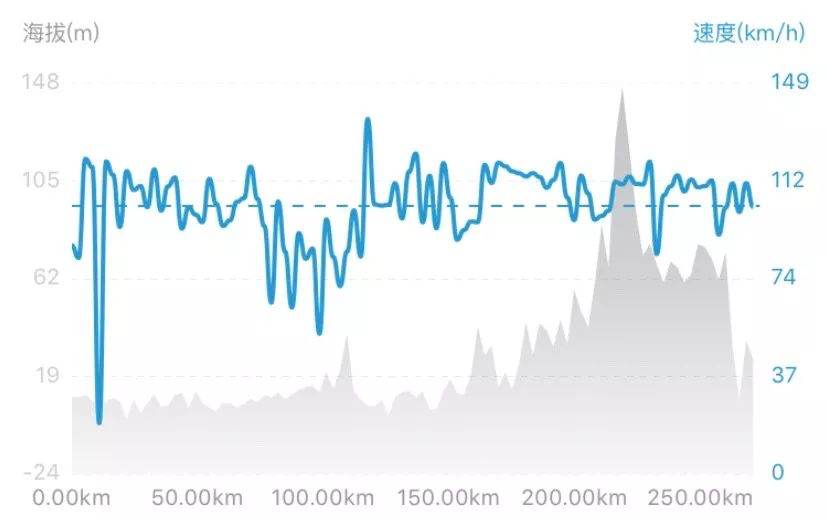
In addition, the ES6 adaptive cruise control (ACC) used mechanical braking instead of regenerative braking during deceleration, leading to slightly higher energy consumption compared to ACC that incorporates regenerative braking. According to the official statement by NIO, the ACC with regenerative braking will be released to users in a future OTA update.
To provide a comparison for the ES6’s test results, we borrowed a Model X 75D from a Tesla owner for the test. The Model X has similar dimensions and weight as the ES6, but its battery capacity is 5 kWh larger, and its air resistance is 0.03 Cd lower. However, this specific Model X is a two-year-old car with over 60,000 km of mileage and has 22-inch wheels installed by the owner.
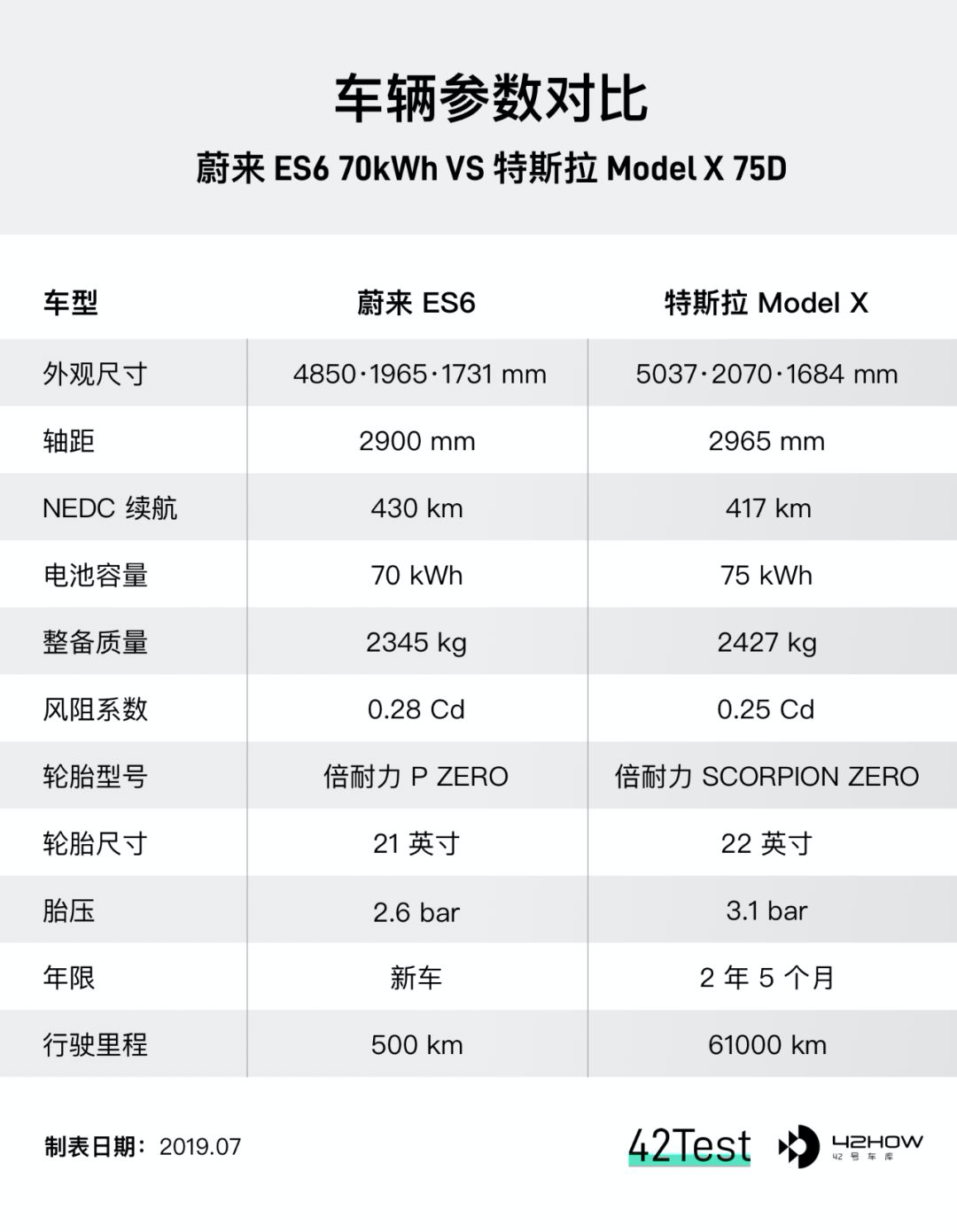

Although the Model X has 22-inch wheels, its air resistance is lower, resulting in lower overall energy consumption than the ES6 in high-speed driving conditions. The energy consumption control of the Model X is better than the ES6.
During the city driving test, we charged the vehicles to full battery at the charging station of the National Exhibition Center before departing at 8 am. We drove on the outer ring road for one lap, covering 105 km, then entered the ground road, where we chose the most congested road in Shanghai for the test.

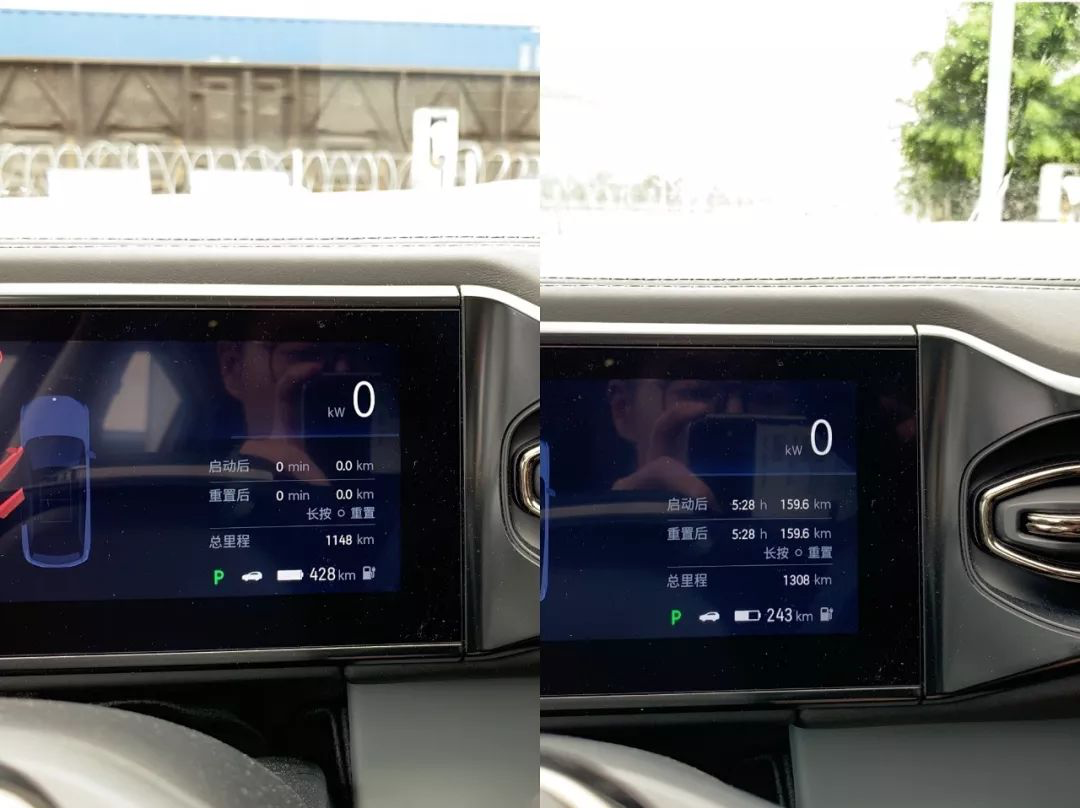
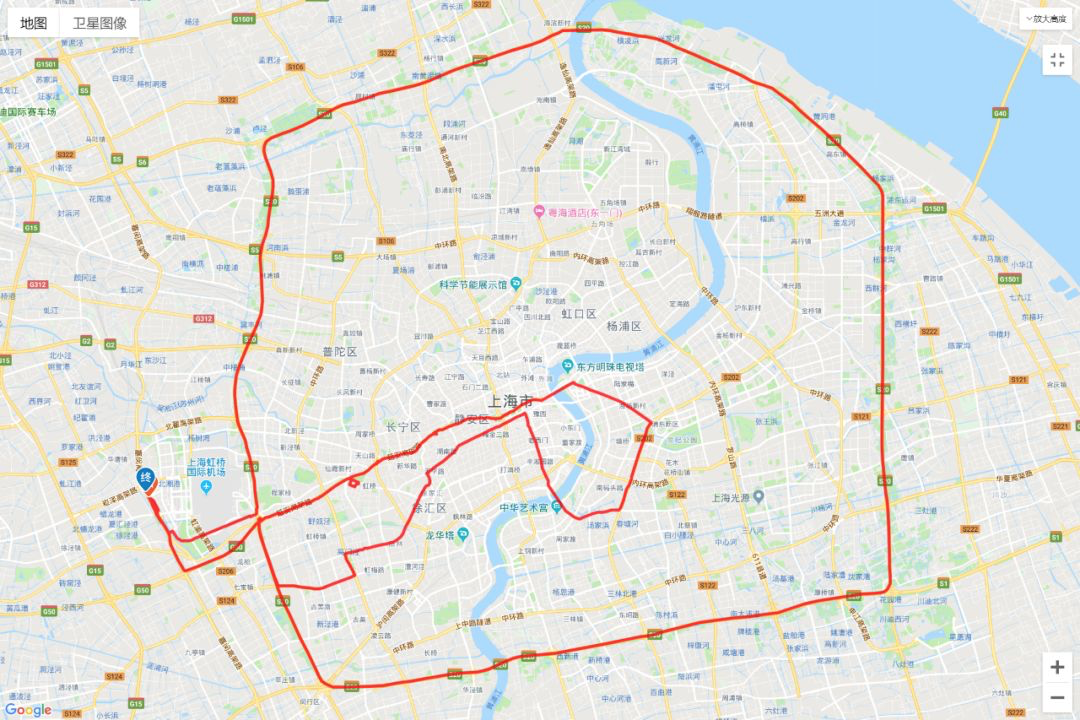
The total distance traveled was 165 km, with a displayed power loss of 185 km and a power loss ratio of 1:1.12.
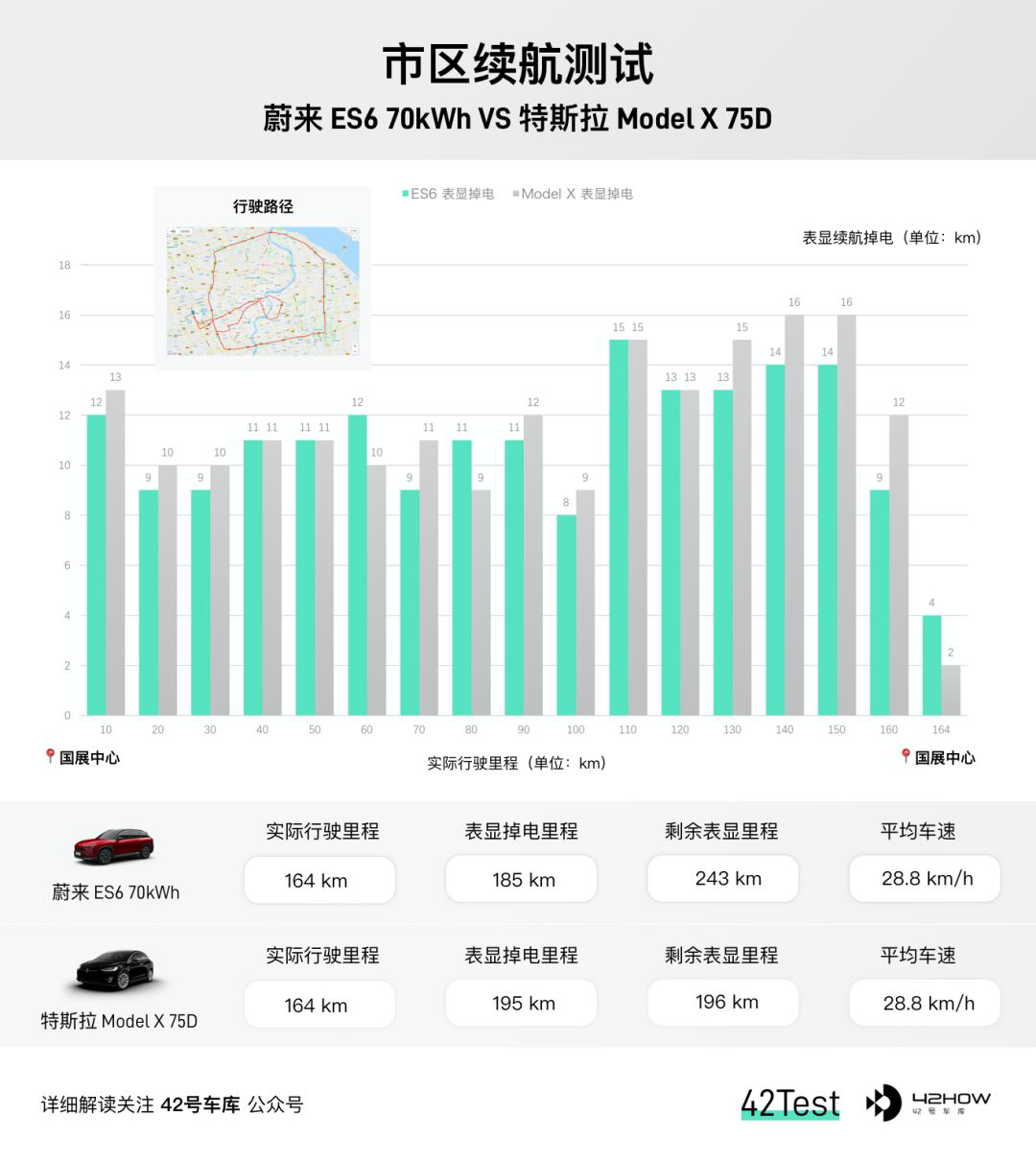
Under the condition of circular road, the power loss ratio of both cars can be controlled to almost 1:1. However, after entering the ground road with more congested and traffic lights, the ES6’s electricity-saving feature of the permanent magnet motor under congestion becomes gradually prominent, and the power loss ratio is significantly lower than that of the Model X.
When it comes to charging speed, ES6 also performs well. When charged at the SPECIFIC – 30-150 kW charging station, it took 54 minutes to charge from 10% to 90%, and the charging power could be maintained at around 80 kW before 50%, then decreased to around 60 kW after 50%, and dropped to 25 kW only when it reached 84%.
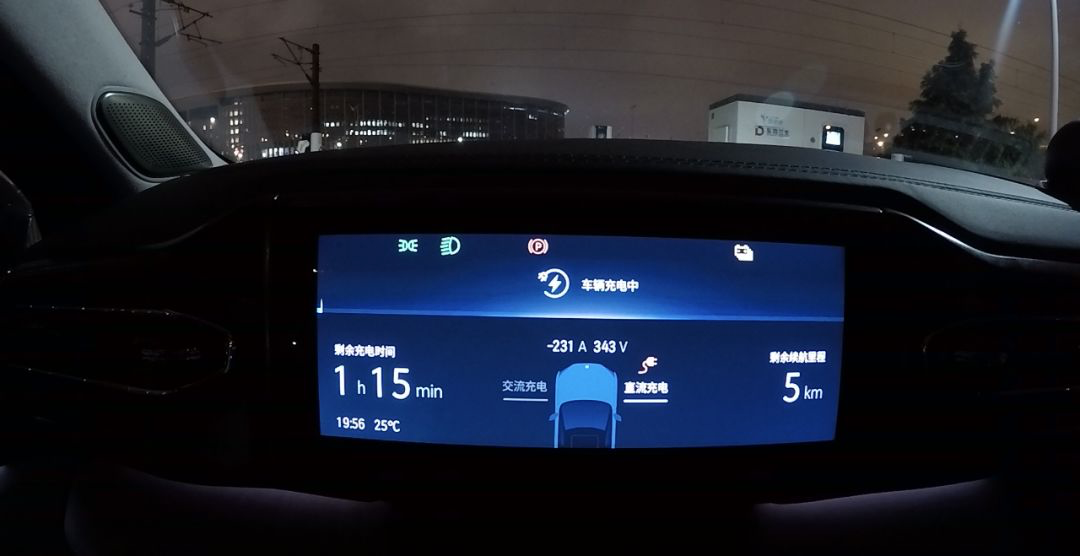
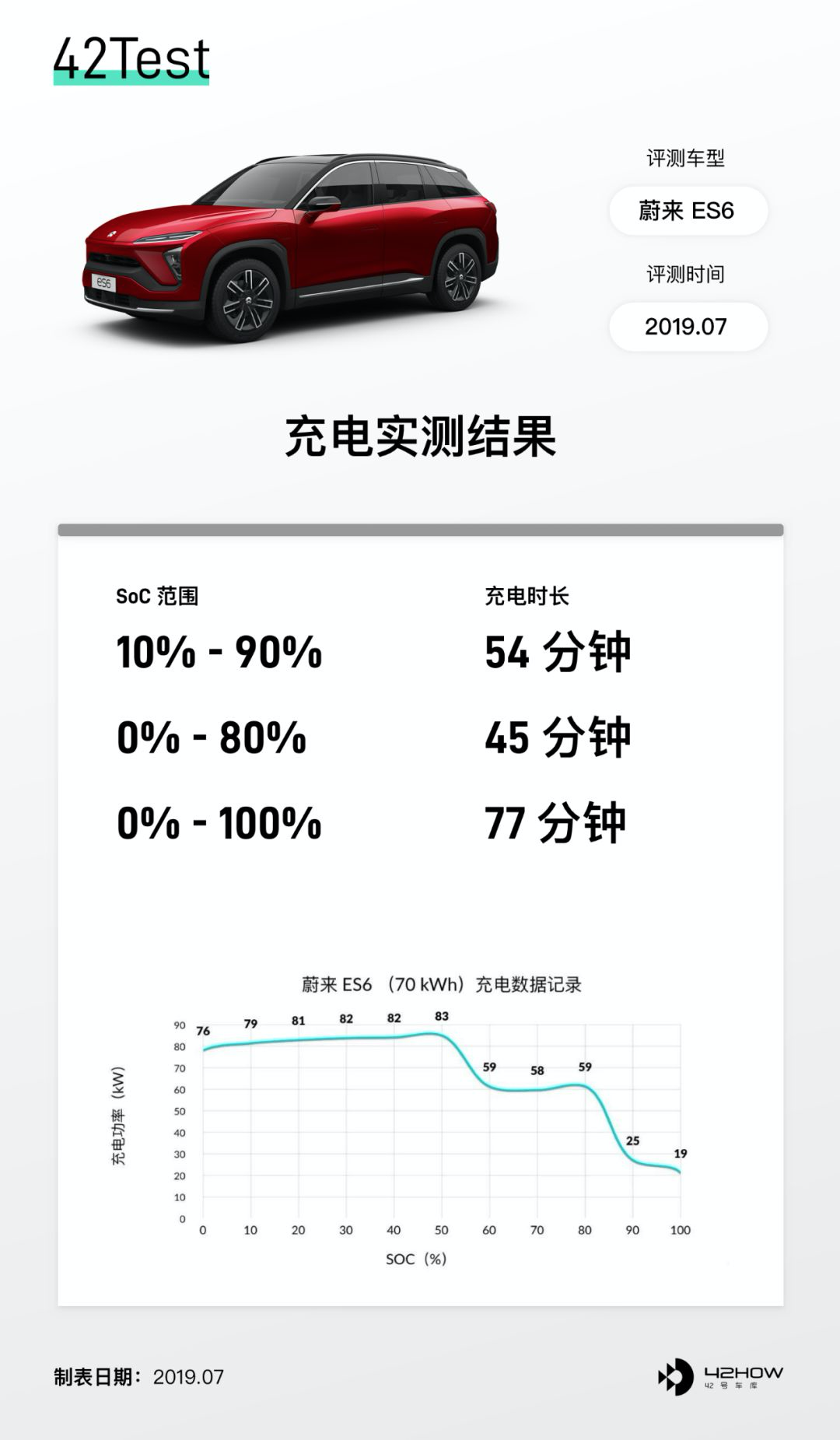
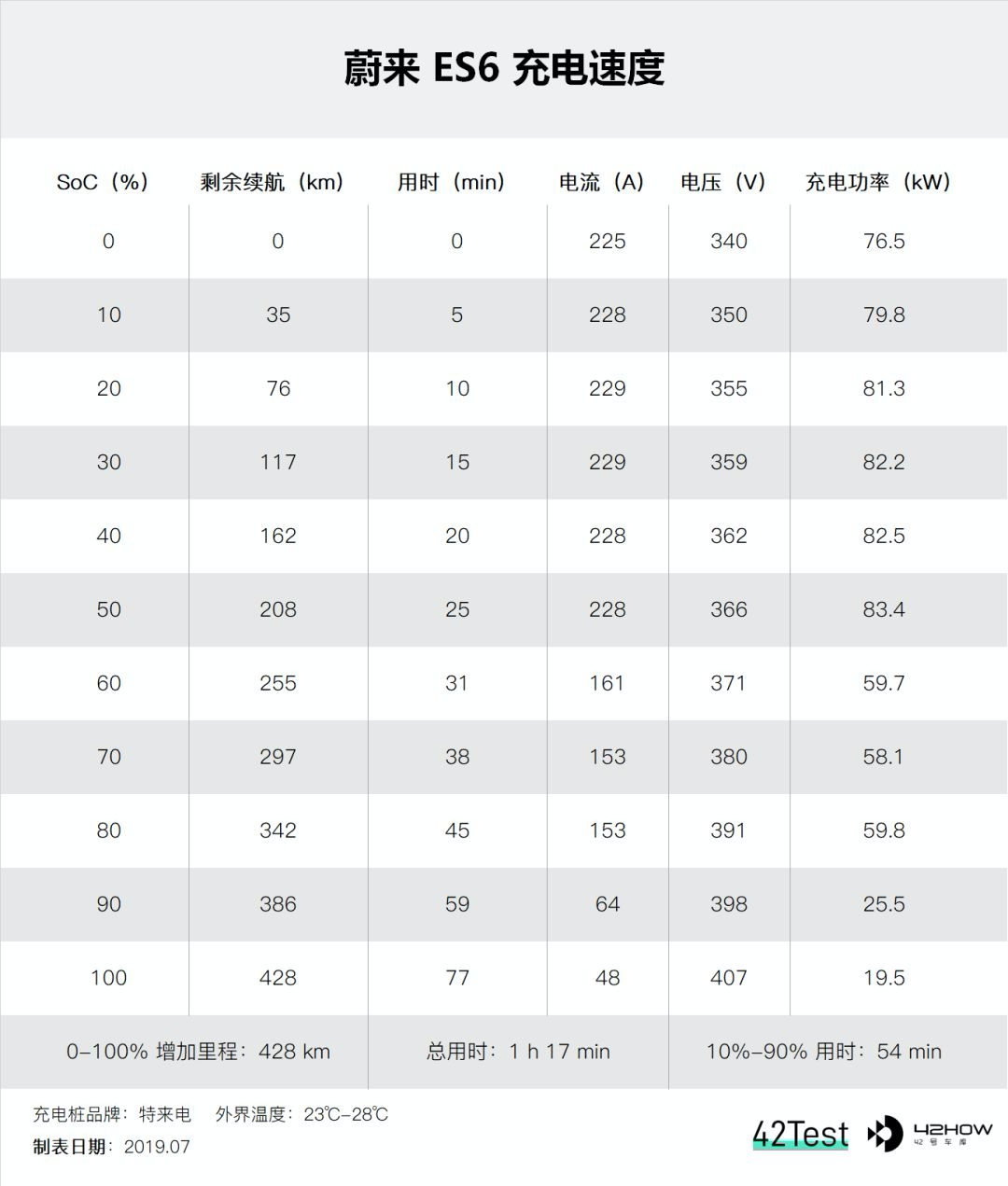
Overall, this range test has refreshed my view of NIO. Compared with the performance-oriented ES8, the ES6 has achieved a good level of power consumption while ensuring performance.
On the ES8, the rear motor is used for low-speed driving, while the front motor is used for high-speed driving. Both motors output power simultaneously during full acceleration. On the ES6, however, the majority of the driving situations are powered by the front permanent magnet motor, and the rear asynchronous motor only intervenes when strong power output is needed.
As the rotor of a permanent magnet synchronous motor is of a permanent magnet structure, it consumes less power than the asynchronous motor, whose rotor requires additional power supply excitation. Especially in urban traffic conditions with frequent starts and stops, the substitution of the permanent magnet motor has reduced energy consumption, improved range, and greatly reduced the frequency of energy supplement for users who do not have home charging conditions, thereby improving the ease of use.Although the NEDC result of 430 km with 70 kWh battery is not impressive now, the actual range of more than 380 km in the city is quite sufficient. If there is a need for a long road trip, the battery can be replaced with an 84 kWh one, and the NEDC range can reach 510 km, striking a balance between cost and practicality.
A Comfortable Family Car
The performance version of ES6 is equipped with a permanent magnet synchronous motor on the front axle with a maximum power of 160 kW and a maximum torque of 305 N·m. The rear axle is equipped with an asynchronous AC motor with a maximum power of 240 kW and a maximum torque of 420 N·m. The total power is 400 kW and the total torque is 725 N·m.
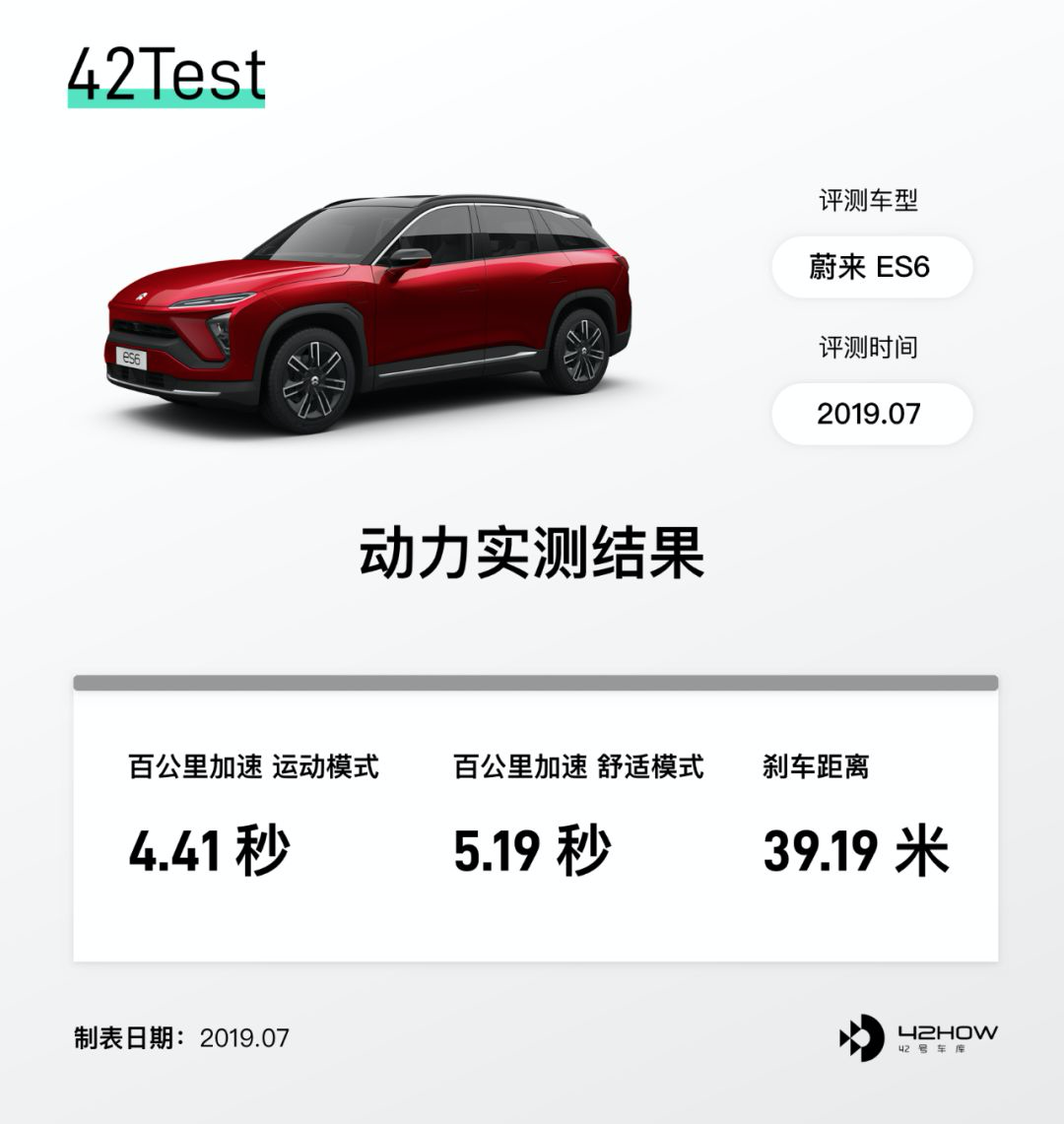
After our actual test, the acceleration score in sports mode is 4.41 seconds per 100 kilometers, exceeding the official claim of 4.7 seconds.

In comfort mode, the actual test acceleration is 5.19 seconds, which also exceeds the official claim of 6.9 seconds. It is not difficult to achieve this acceleration score, and NIO is somewhat conservative in the calibration of the acceleration score.

However, after our actual test, the braking distance of ES6 was 39.19 meters, which is not particularly outstanding, and there is a certain gap from the calibrated 33.9 meters.

After we continued to test three times, the braking distance remained at around 39 meters. At first, we thought that the reason for the poor braking performance is that the regenerative braking intensity in sports mode can only be set to a lower level. However, after the brakes cooled down, we adjusted the regenerative braking intensity to the standard level, lowered the suspension to the minimum, and adjusted the suspension softness and hardness to the hardest level for another test. The final actual test result was still around 39 meters.
Based on our experience, there are many factors that can affect braking performance. Different environments, tires, and mechanical qualities will all have different braking results. Therefore, the above results are likely due to NIO’s more stringent braking test standards.The following is the translation of the provided Markdown Chinese text into English Markdown format, maintaining the HTML tags within the Markdown and only outputting the results:
Later, we raised questions to NIO and received an official response that was in line with our expectations: NIO adopts the braking evaluation method of Germany’s AMS. It has high requirements for vehicle conditions, environment, road conditions, and braking selection of data containing, making it difficult to reproduce engineering test data.
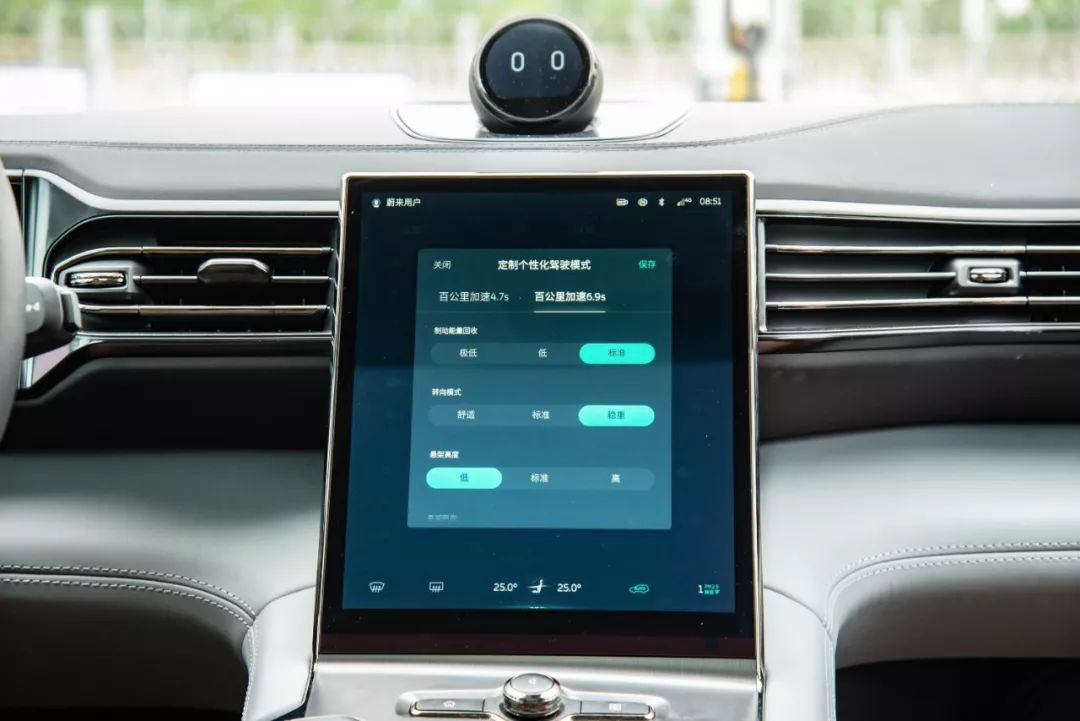
The above two items are actual test results. I drove this car for nearly one week, traveled over 1000 kilometers, and had a thorough experience. So, let’s talk about the actual driving experience.
About acceleration: First of all, ES6 possesses absolute power. At this level, the power parameters are already at the top level. In addition, ES6 has optimized the half-axle strength. The power response speed is faster than ES8. Even under extreme conditions, there is no obvious delay in throttle response. Overtaking in the city and high-speed driving are both very comfortable.
About braking: The braking foot feel of ES6 is very similar to that of ES8. The front part is very light, and the braking force is relatively weak. When continuing to depress, the braking force gradually increases. However, the foot feel of pressing the brake is not linear, and this needs to be improved.
If you are an owner accustomed to regenerative braking, then a single-pedal operation can cover most braking conditions. Even if you need to stop, the regenerative braking force combined with the initial braking of the brake pedal is still sufficient. However, if you are not used to regenerative braking, the braking force of the front part of the brake pedal is somewhat weak.
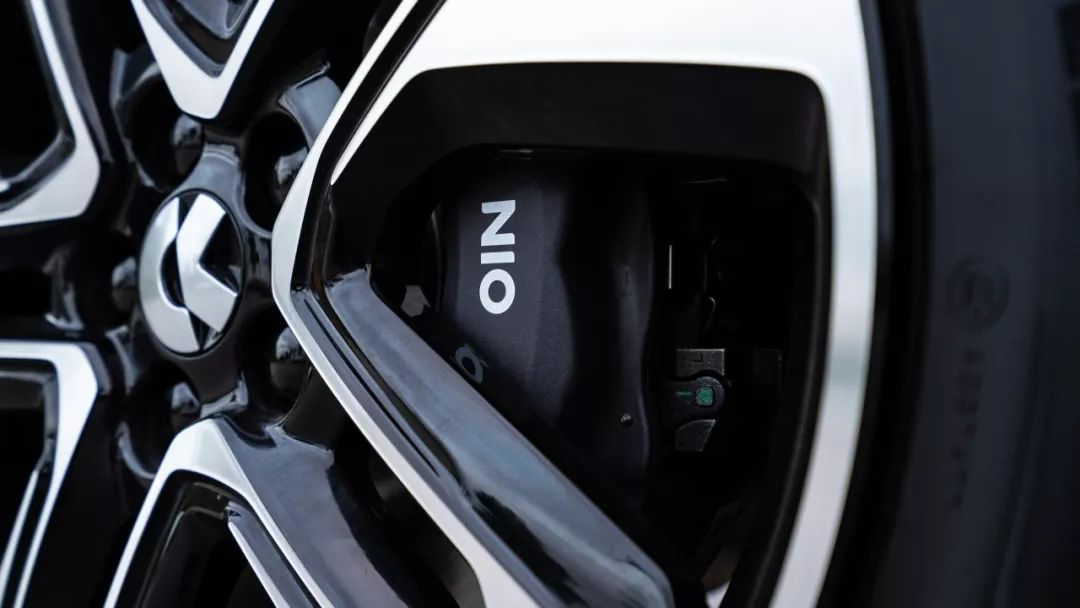
About steering: The steering feel of ES6 is also very similar to that of ES8, fully calibrated to comfort. The steering force in comfort mode is very gentle, but even if the steering mode is adjusted to steady, the damping of the steering is still light, and there is a somewhat vague position in the initial stage. It is very comfortable for daily lazy driving, but not suitable for intense driving. Additionally, ES6’s steering return speed can be faster.
About suspension: The suspension structure of ES6 is the same as that of ES8, with independent suspension of front double-wishbone and rear multi-link, and equipped with air suspension. This air suspension system is the same as that of Maserati Levante. Compared with ES8, this suspension system has significantly improved performance. It filters small vibrations very thoroughly, handles large bumps very smoothly, and eliminates the lateral sway of early versions of ES8. However, after passing through the bumps, the suspension does not absorb aftershocks thoroughly enough, which gives a somewhat dizzy feeling.In addition, the in-car system can also adjust the suspension’s height and hardness according to personal preference.

Of course, after all, this is an SUV, and the car weighs up to 2,345 kg. Although the overall feeling is very solid, the center of gravity still feels relatively high, and it is not suitable for aggressive driving.
About NVH: As for NVH, you don’t have to worry about it. With thick sound insulation cotton, double-layered window glass, and solid door sealing strips, our test shows that the noise performance of ES6 is as follows:
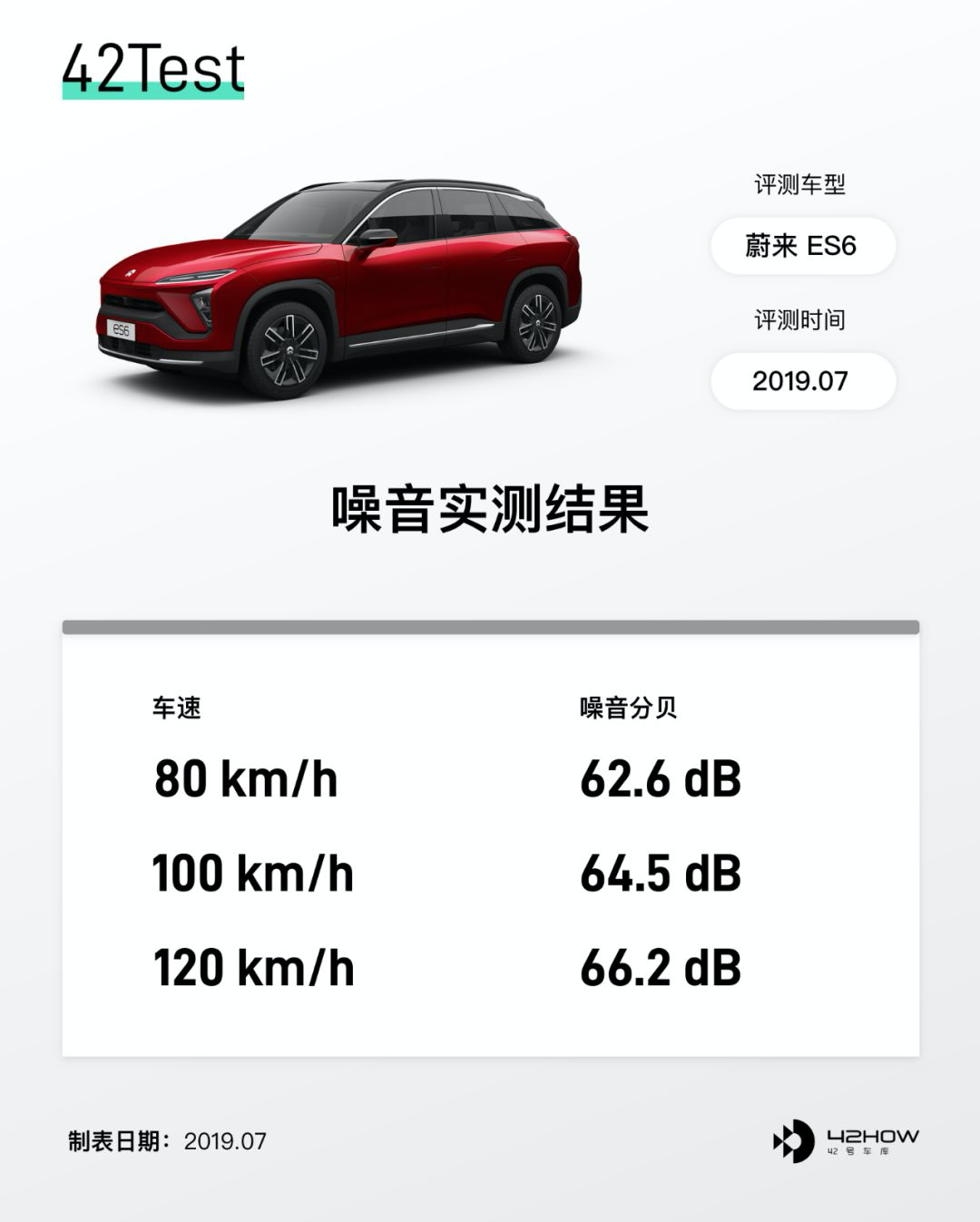
In summary, ES6 has strong absolute power, but it is still a car that is more suitable for comfortable driving and not for aggressive driving.
Improved Static Quality
The static quality of ES8 is already very outstanding, and ES6 has further improved it based on ES8, starting with its appearance.
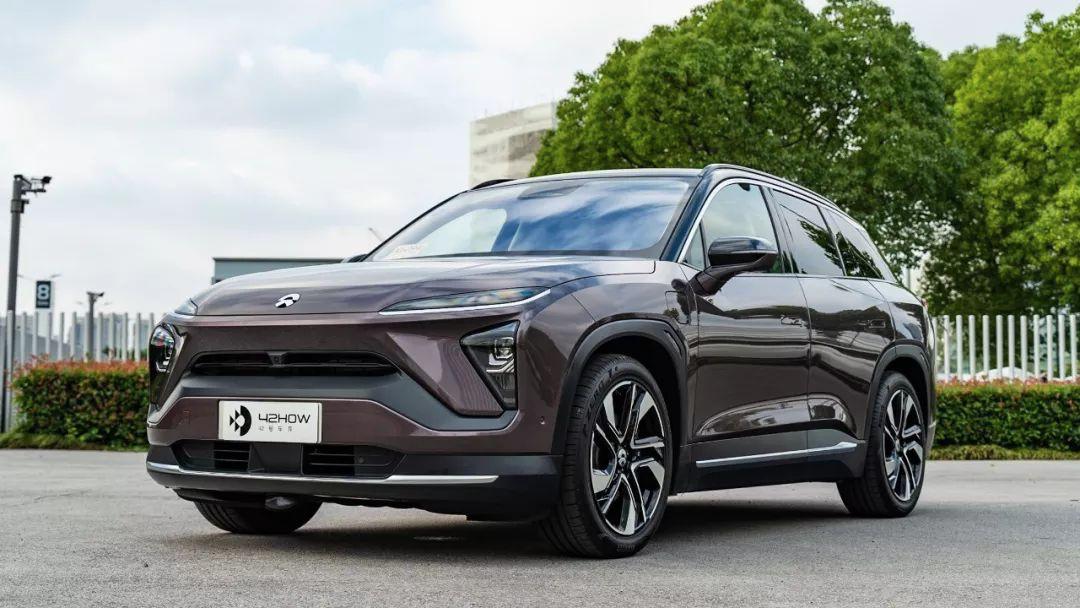
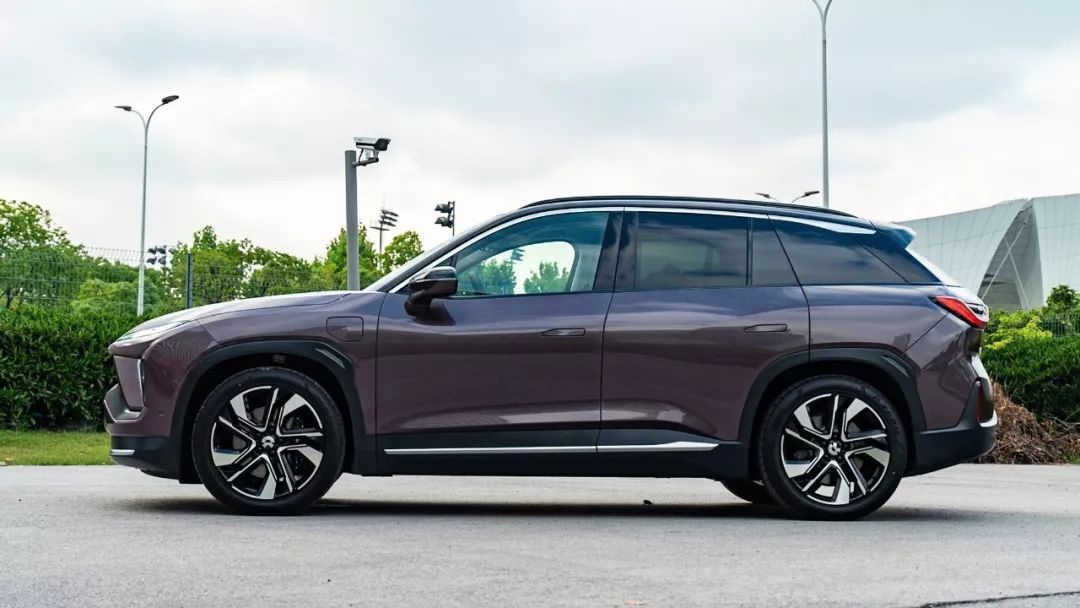
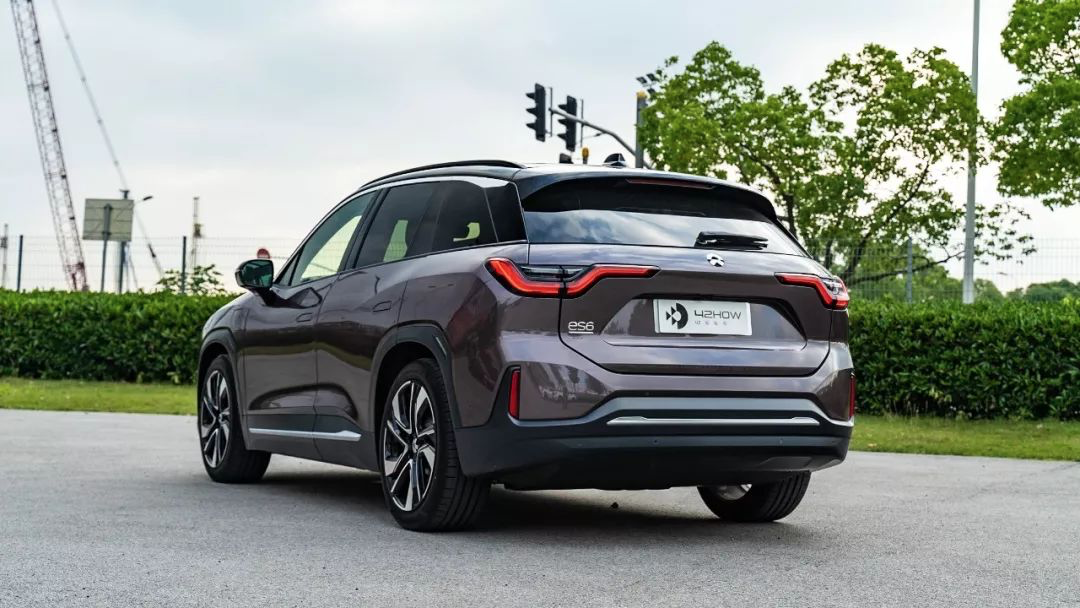
The size of ES6’s appearance is 485019651731 mm, and the wheelbase is 2900 mm. The appearance adopts the same design language as ES8. It is very necessary for a new automaker brand to establish a family design language with certain recognition, and the X-bar design is inherited consistently in the NIO family.
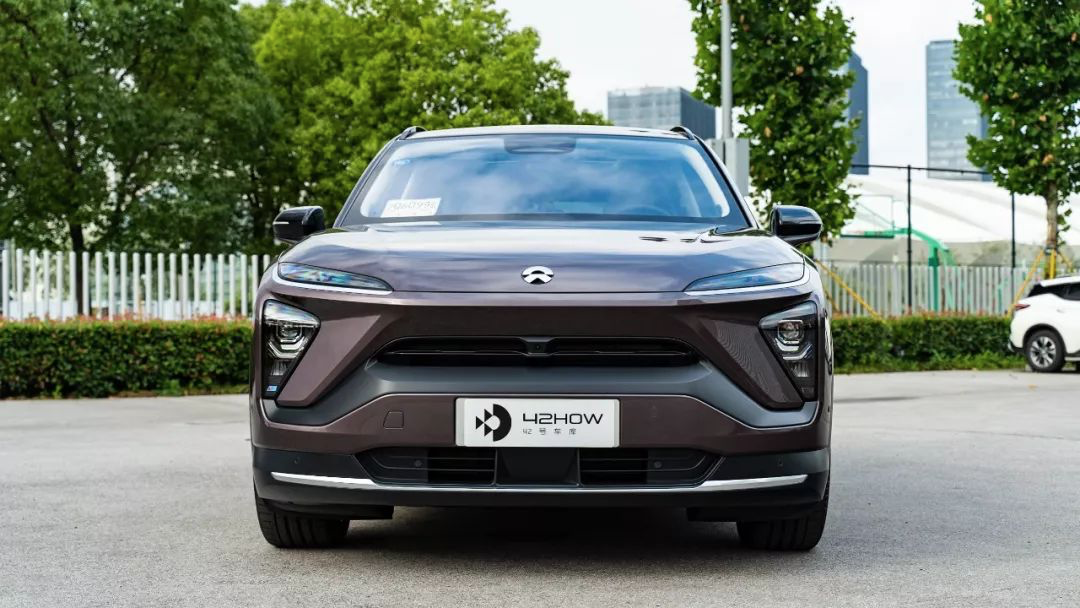
The X-bar of ES6 adopts a design that is the same color as the body, with a variety of bright car paints, appropriate chrome trims, and exquisite full LED headlights, making it more delicate and popular among young people than ES8.
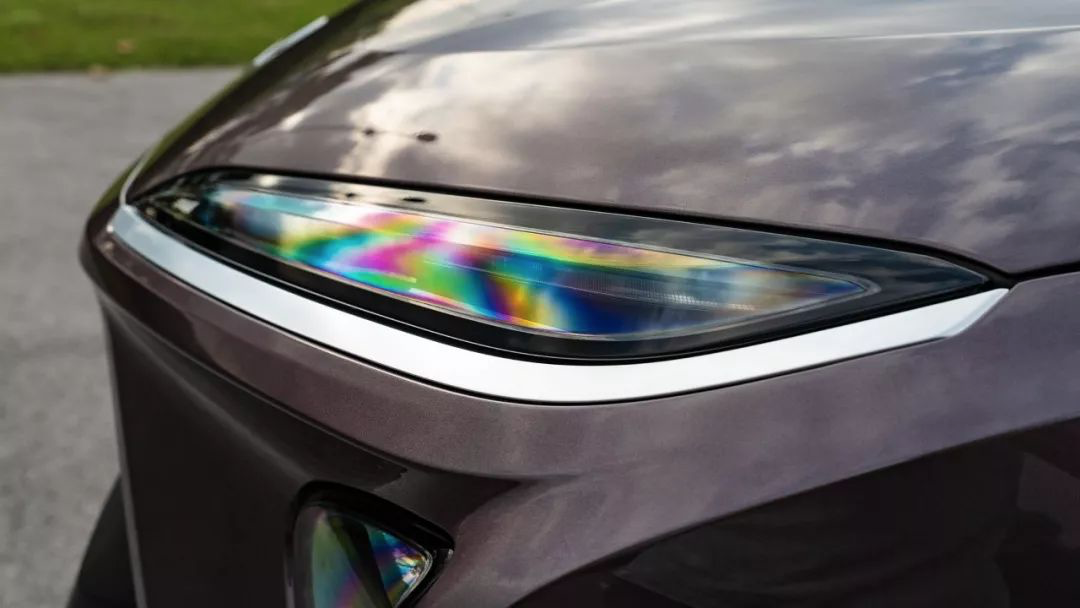
In addition to the design, there are two more details to mention:Charging Port: Let’s start with the drawbacks. The slow charging port and fast charging port are located on the left and right sides of the front of the car, respectively, which is inconvenient for charging in narrow parking spaces. As for the advantages, the charging port has been upgraded to an electrically operated one, and when using a dedicated charging pile, the charging port will automatically sense and open, further improving the quality of the car.

Front Grille: The front grille of ES6 is an electronic intake grille, which can be closed when cooling is not needed, further reducing wind resistance when driving.
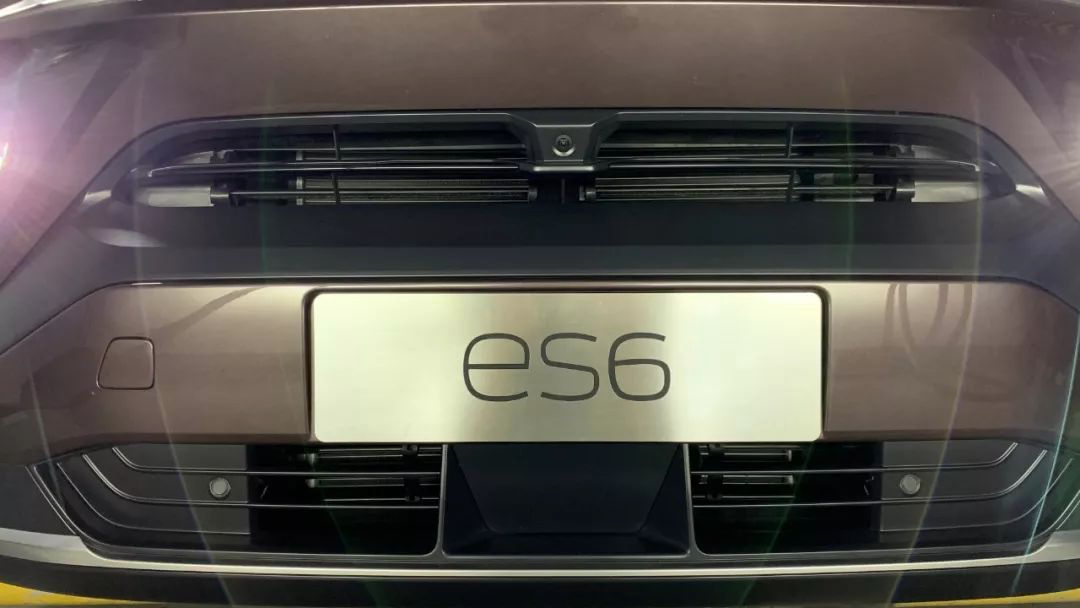
In terms of interior, ES6 has made many optimizations to the details of ES8, and the overall quality is excellent.
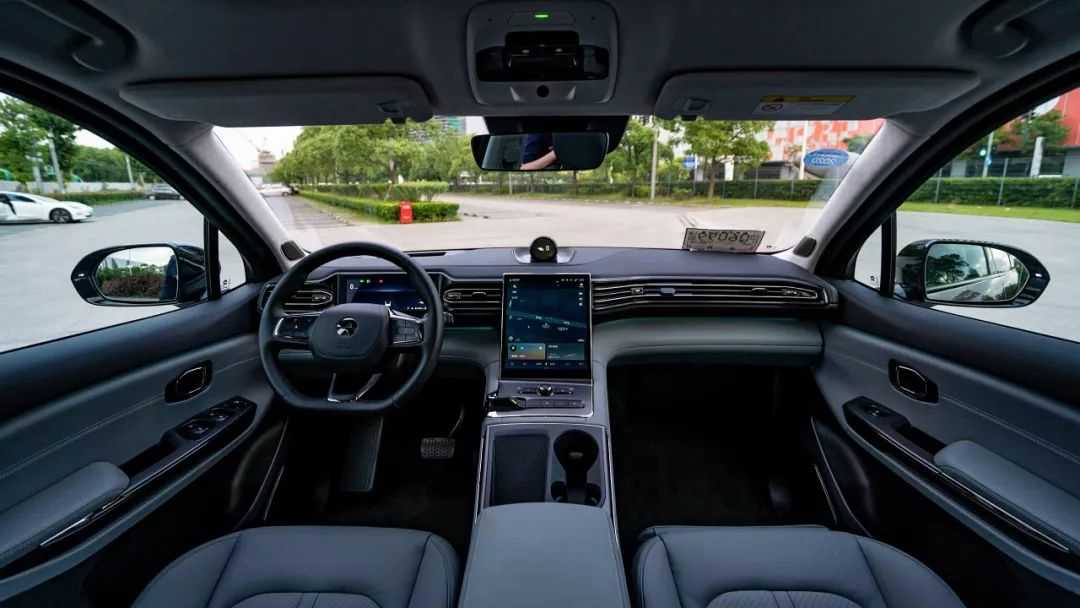
First of all, the materials used in ES6 are not only generous but also well thought out compared to ES8, which had already shown NIO’s generosity in using materials. ES8 uses 17 square meters of Nappa leather, while ES6 uses 13.3 square meters of Nappa leather, including a circle of Nappa around the rear air outlet.
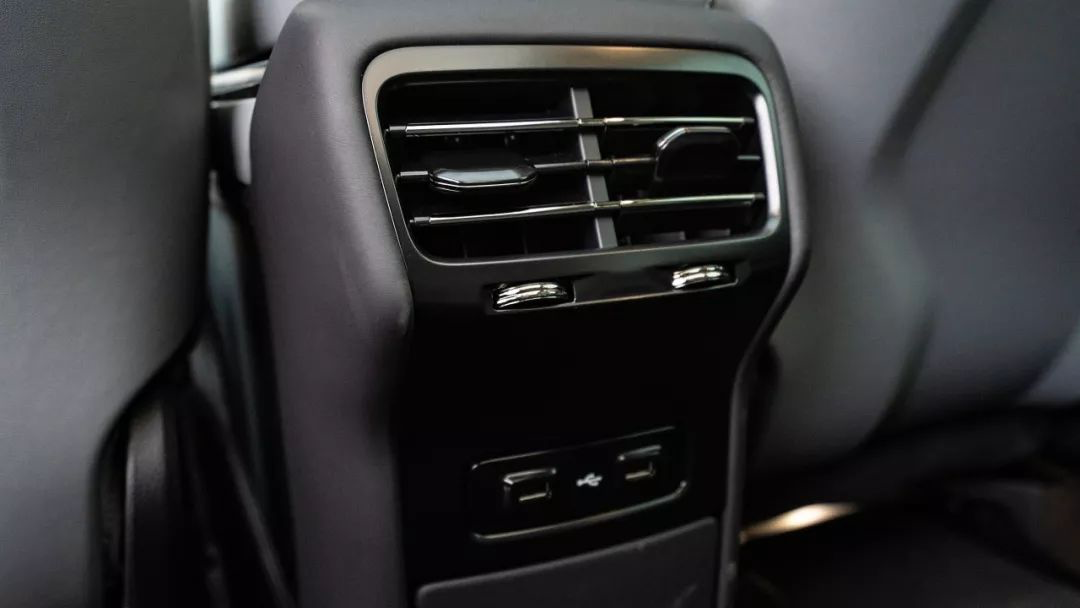
Moreover, ES6 can also be equipped with a top made of ultra-fine suede material, which is similar to Alcantara. Compared with fabric tops, this material can further enhance the luxury of the vehicle interior.
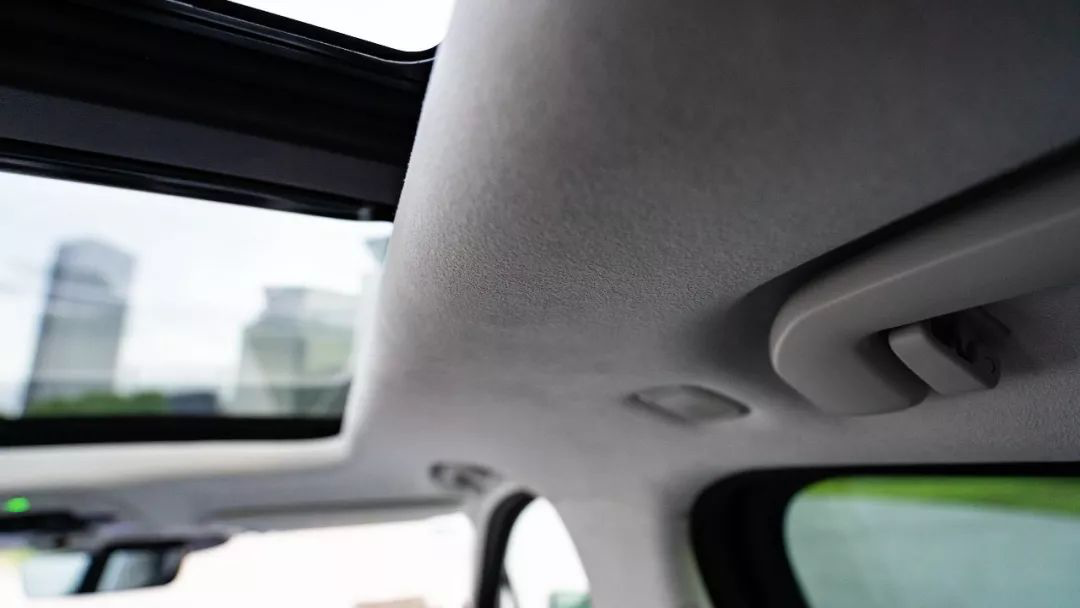
Secondly, the piano lacquer decoration panel on ES8 has been replaced with a metal brushed decoration panel, and some buttons are surrounded by chrome-plated trim, and the speaker cover has also been upgraded to a metal material.
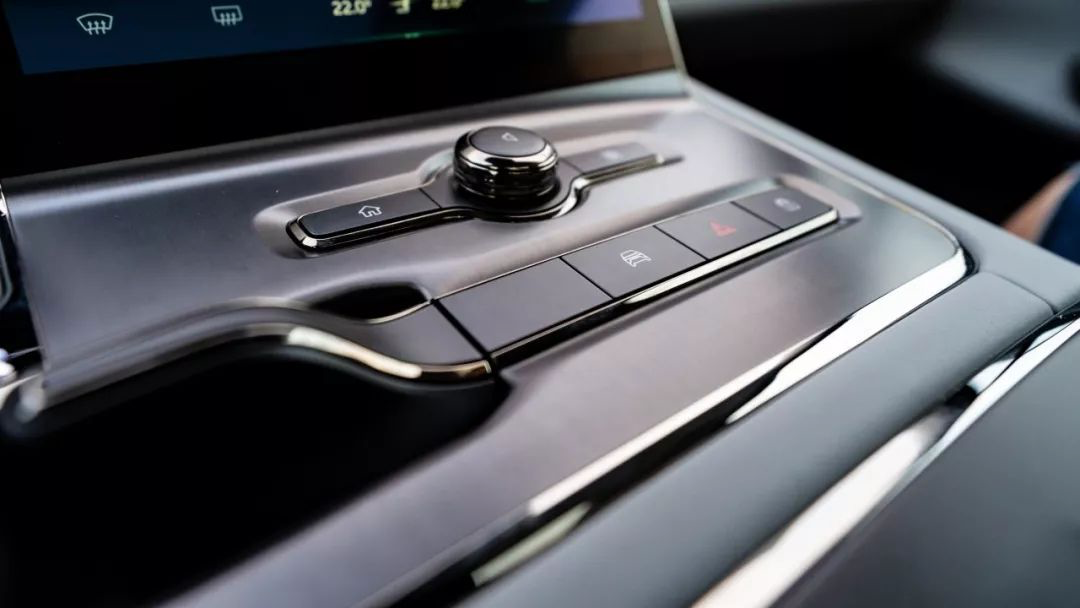
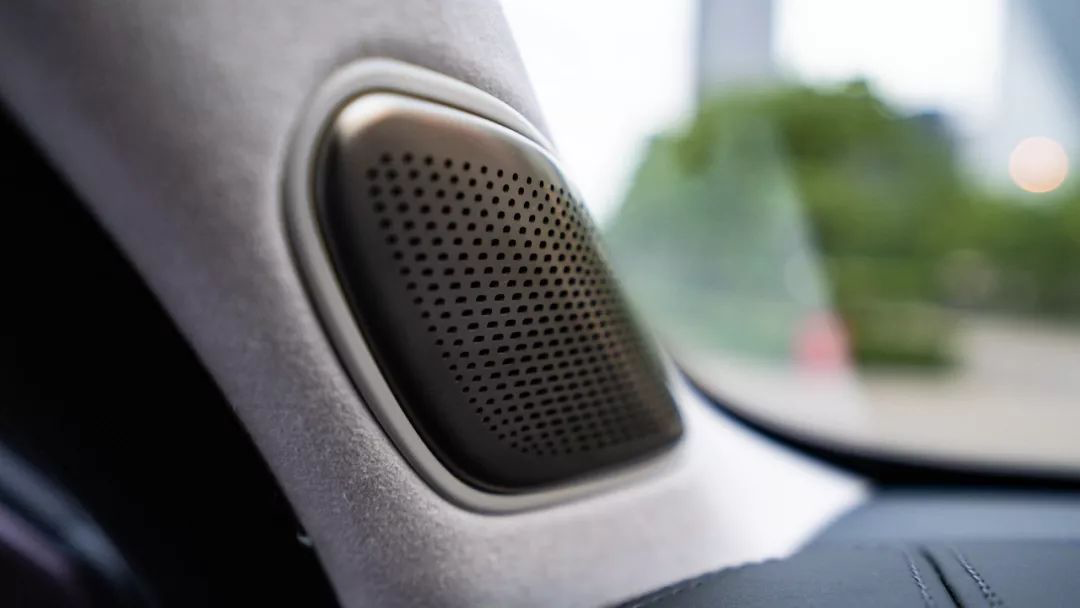
The interior ambient lighting on ES8 is not very noticeable, but on ES6, the brightness has been increased, and with a variety of color options, it can create different interior atmospheres at night.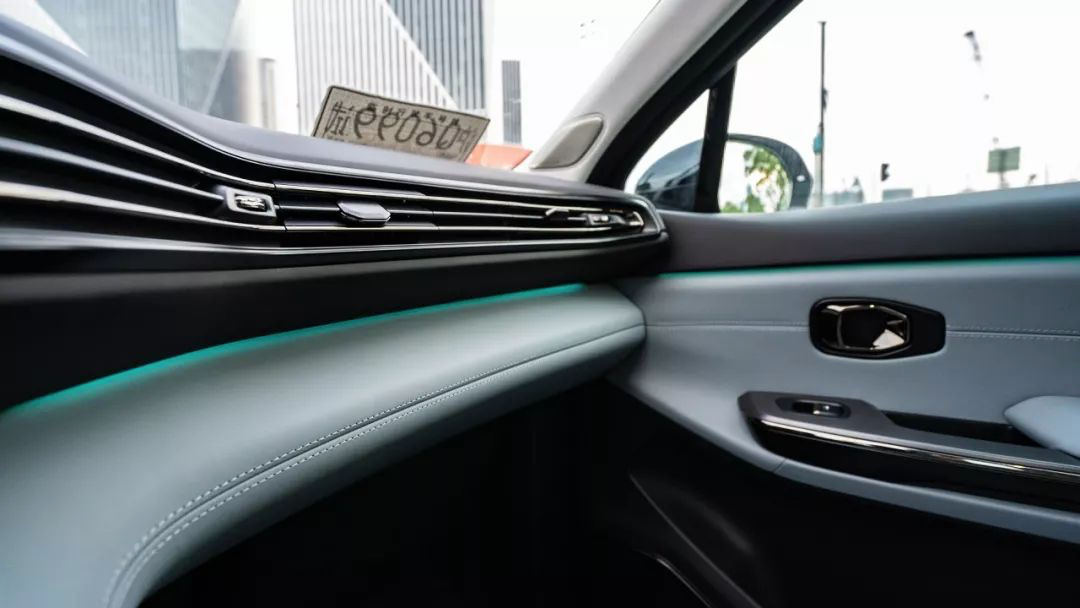
These are all improvements in texture at the visual and tactile level. NIO has also improved the olfactory experience on ES6 – the aroma system. The fragrance of this aromatherapy system smells very pleasant and establishes memory at the olfactory level. Every time you come back to the car and smell this scent, it feels like returning to a familiar environment.
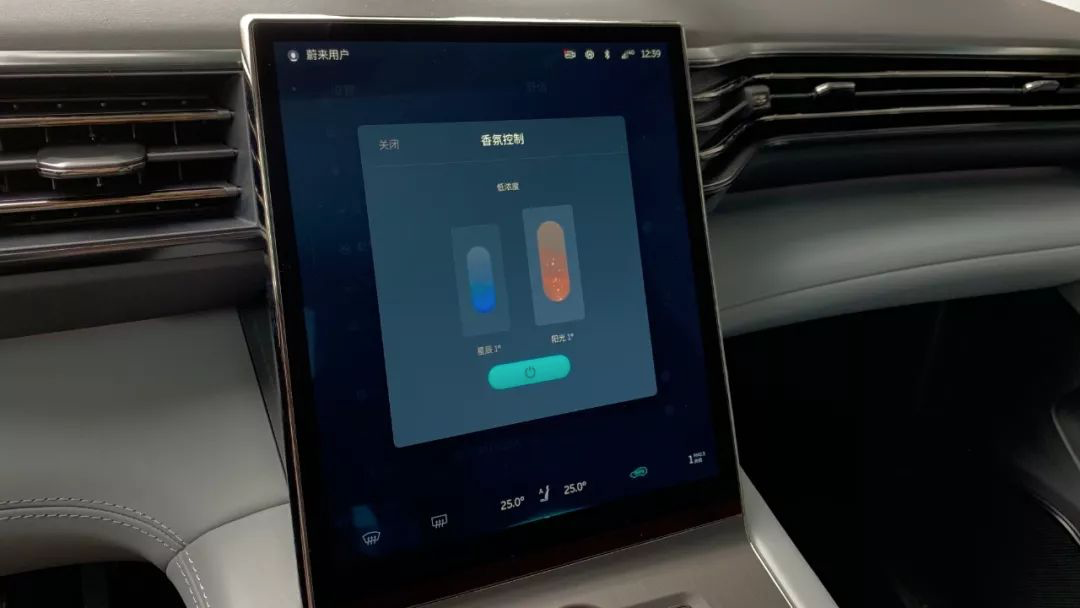
Visual, tactile, and olfactory experiences are all enhanced, and auditory experience is not neglected. We strongly recommend users who purchase ES6 to choose advanced 12-speaker audio, although it is not branded, the actual auditory experience is excellent. Together with lossless music playback on QQ music on the car screen, I always listen to a few more songs in the car before going home every time.
After reading these NIO’s ideas of improving the texture, let’s take a look at some conventional options.
Seats: ES6 seats are moderately average in level, and comfort of the front and rear seats is pretty good except for some stiffness. However, there is one small detail. After adjusting the ES6 driver’s seat to the lowest, the hip point is lowered relatively low, and the knee point is supported relatively high by the front of the seat, and the sitting posture is not comfortable enough. This issue can be solved by adjusting the seat 3-5 cm higher.
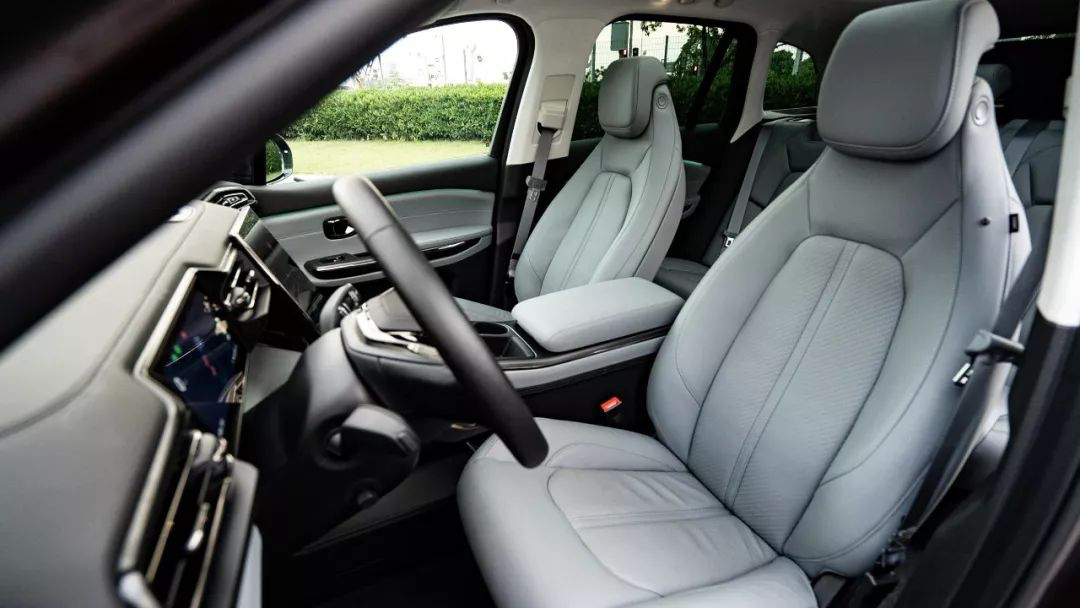

The rear seats are also slightly stiff, but the overall sitting posture is fine, and the backrest angle, seat cushion height and length are reasonable.
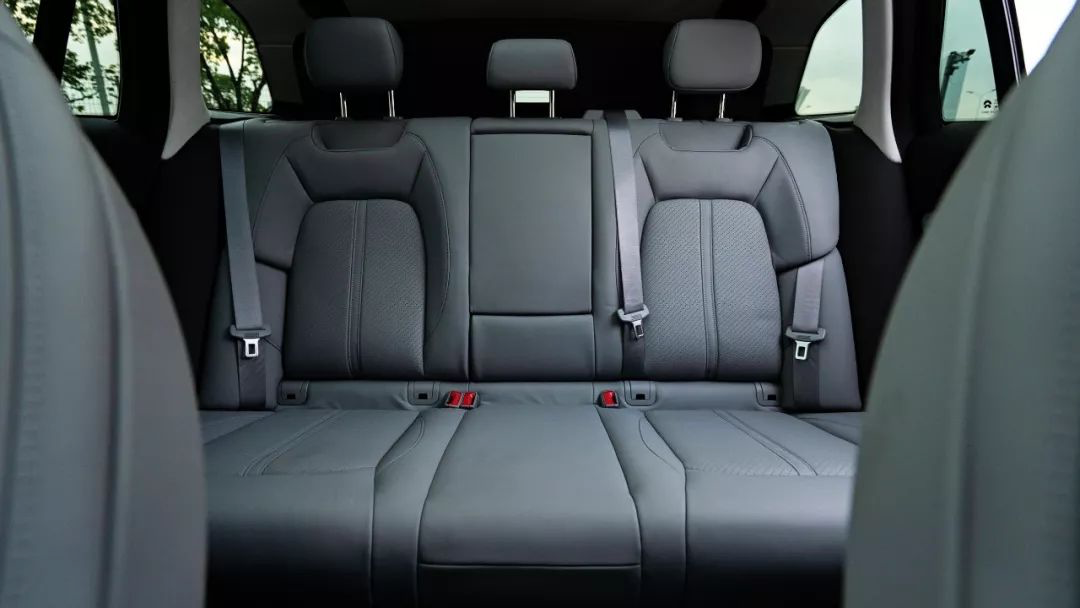
Space: Space is ES6’s strength. Although the wheelbase is shorter than ES8 by 110 mm, the third row is canceled, and both the legroom of the second row and the trunk space are very spacious.
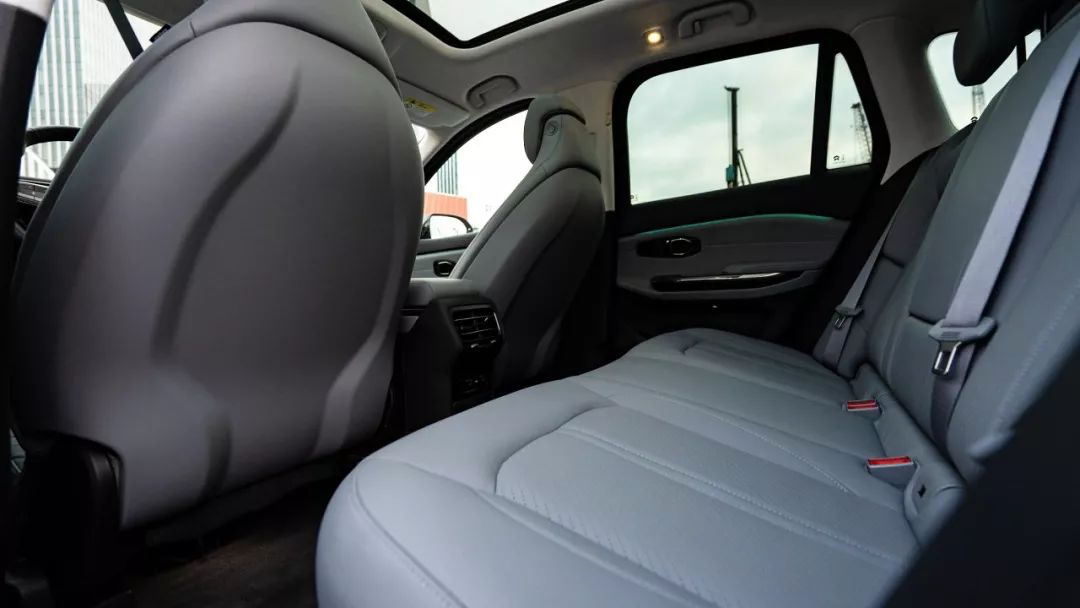
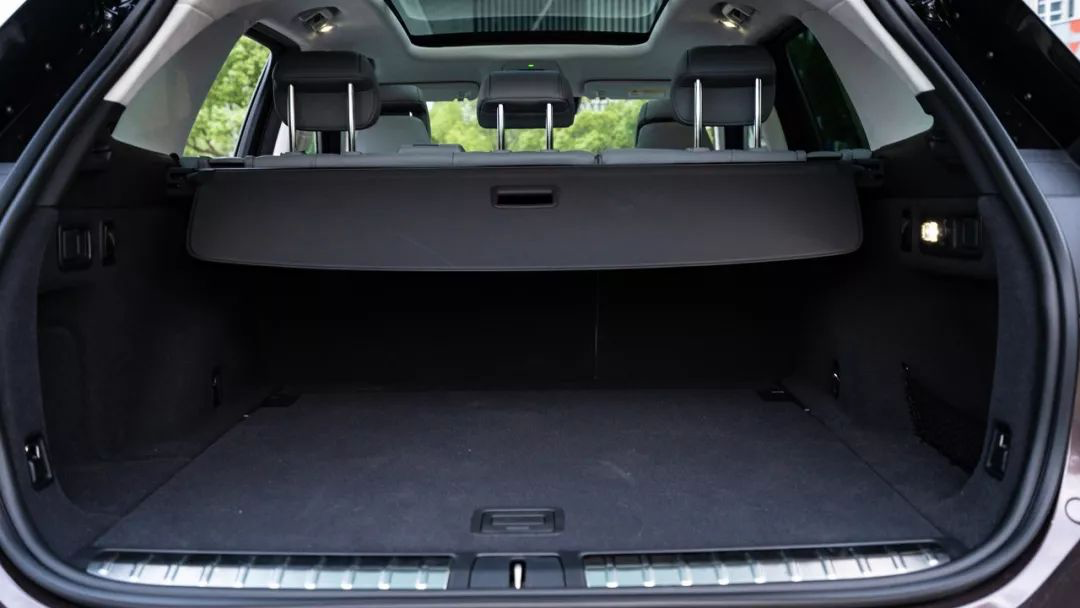
Car machine UI/UX fully upgraded
Regarding the car machine, it can be divided into two parts, hardware and software.Hardware: The ES6’s central control screen has been upgraded to 11.3 inches from the previous 10.4 inches on the ES8, and the screen-to-body ratio has increased significantly. The border is currently the narrowest in the car industry, providing an excellent visual experience. The system operates smoothly without any lag.
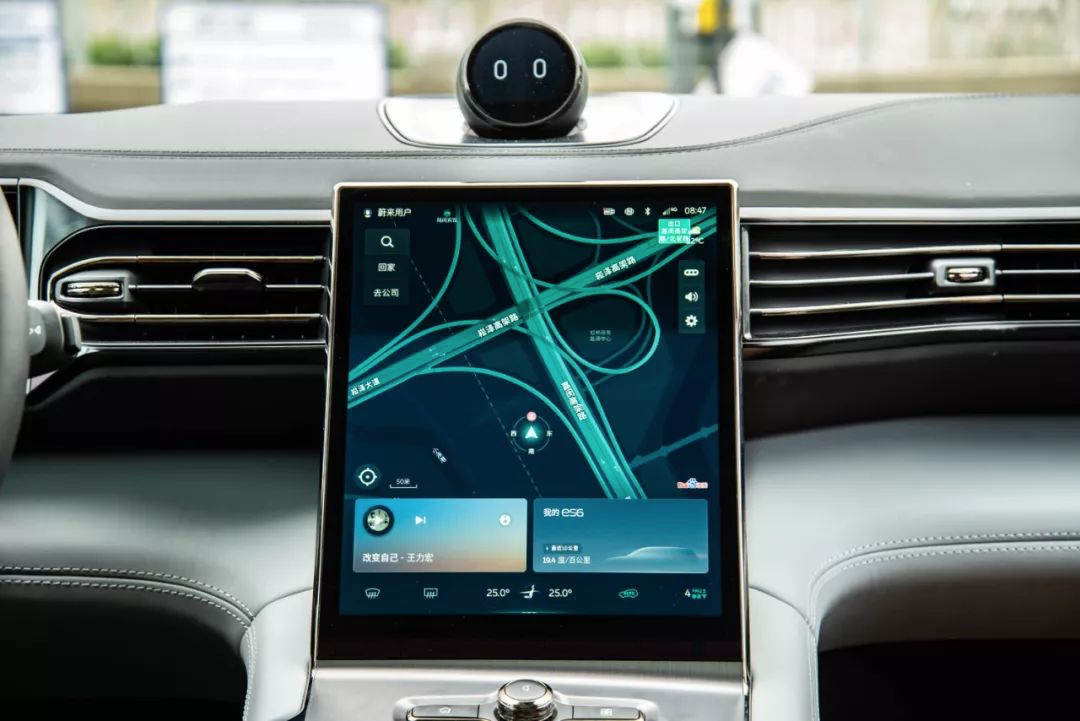
Software: The ES6 comes pre-loaded with NIO OS 2.0, which has significantly improved its overall stability compared to a year ago, and we didn’t encounter any bugs during the week-long experience.
Compared to NIO OS 1.0, the UI and UX of version 2.0 have undergone massive changes, with a much-improved interface and easier operation.
We will not discuss UI design much, but rather let the images do the talking, and focus on the changes at the operational level.
This system has two modes of operation: voice and touch. Although voice control is not yet 100% accurate, NOMI is currently one of the best voice control assistants available for all car models.
Regarding touch, NIO has moved away from the three-card-style main interface to a navigation-centric single main interface, with multimedia and vehicle information placed below the screen. This is great, as navigation, multimedia, and vehicle information are the three most commonly used functions during driving.
Less frequently used features have been consolidated into a unified menu bar.
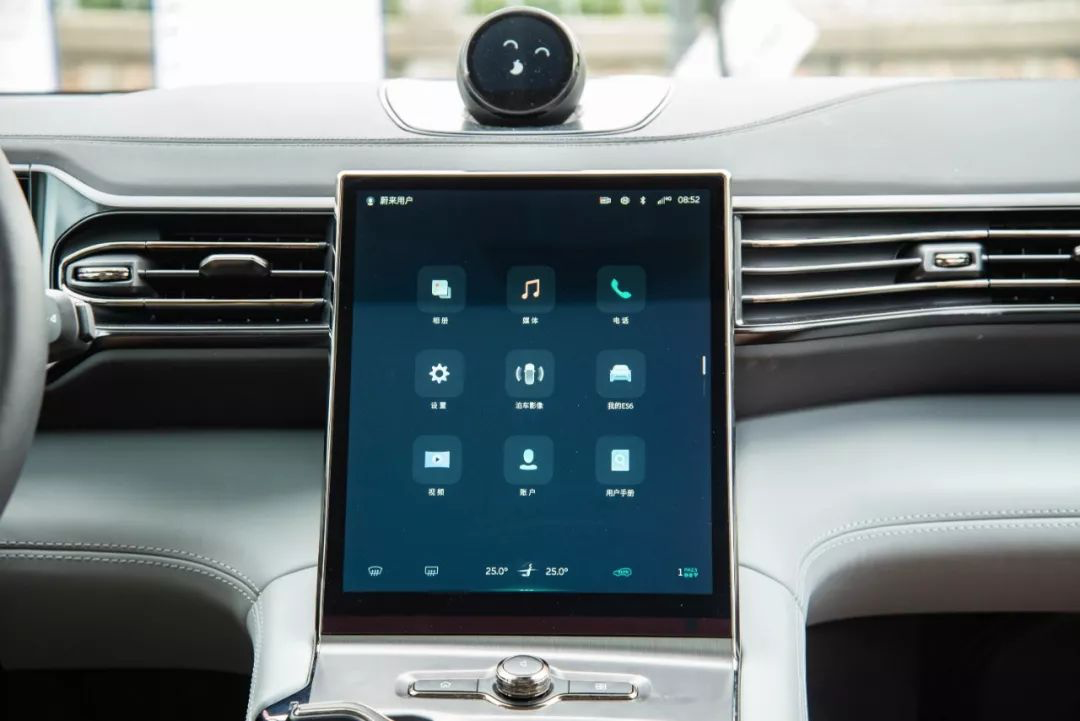
Additionally, NIO OS 2.0 integrates vehicle and system settings into one place, with clear categories that make it easy to find what you need. However, the settings option is not easily visible on the main interface, which is inconvenient.
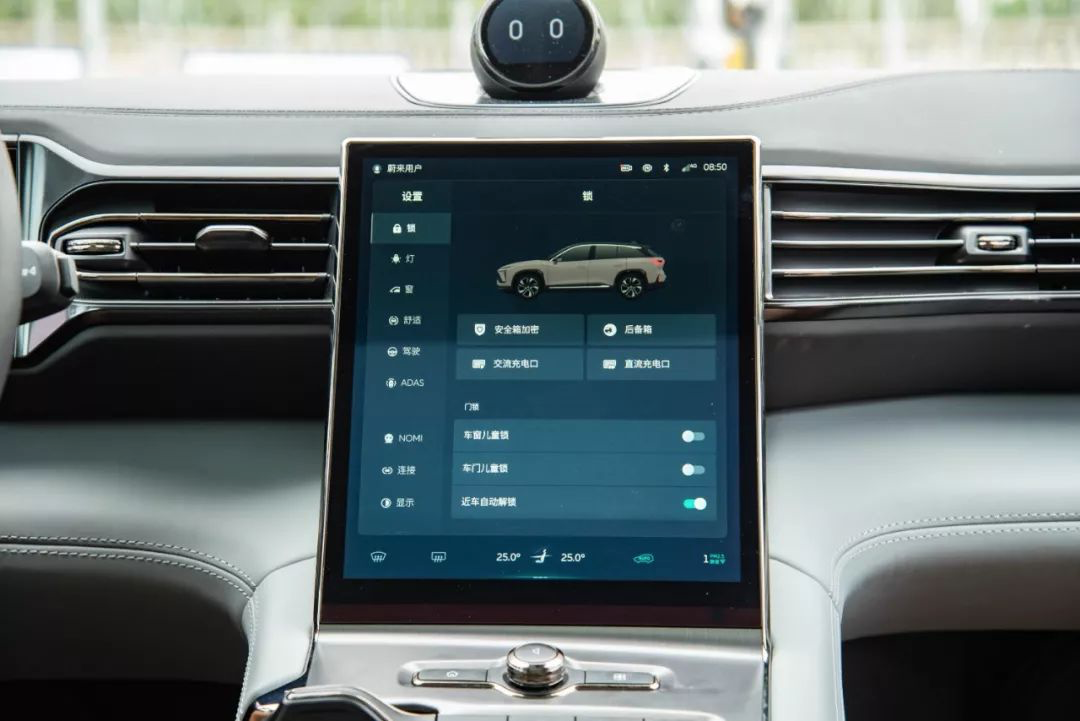
Finally, NIO has added a quick tool bar, which offers 16 card slots that allow users to set their most frequently used functions. The selectable functions cover most commonly used features, but it may not be immediately apparent to users who are not familiar with the system that they must swipe from the far left to access the quick toolbar. Moreover, swiping incurs higher operating costs than clicking, so the easier the operation during driving, the better the user experience.
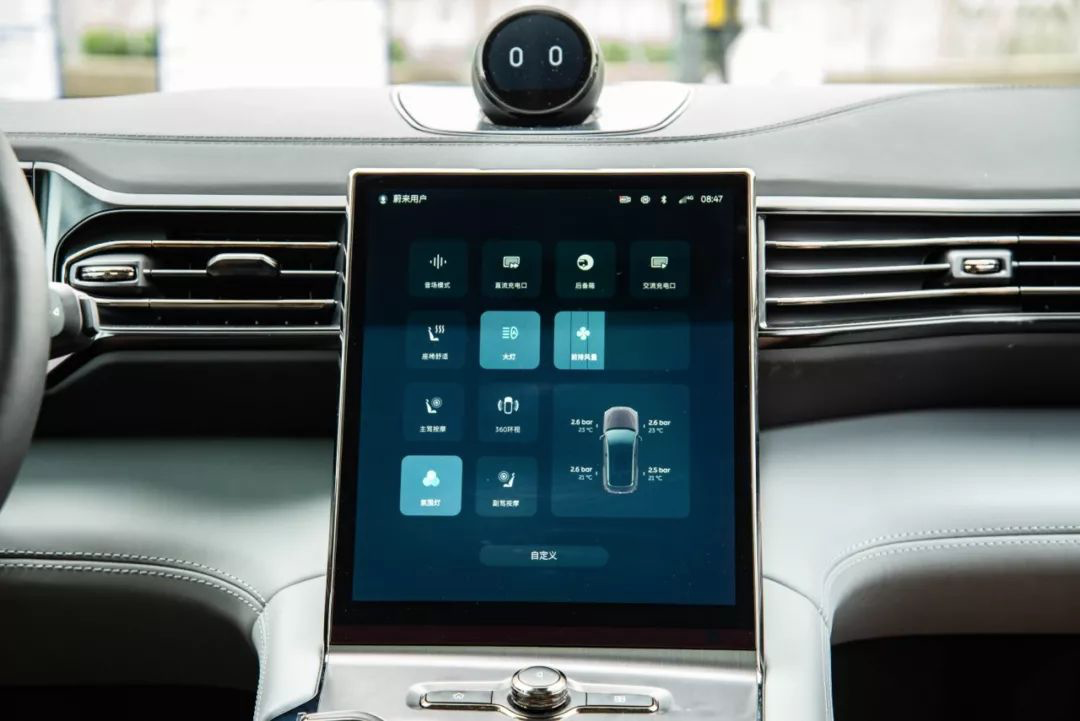
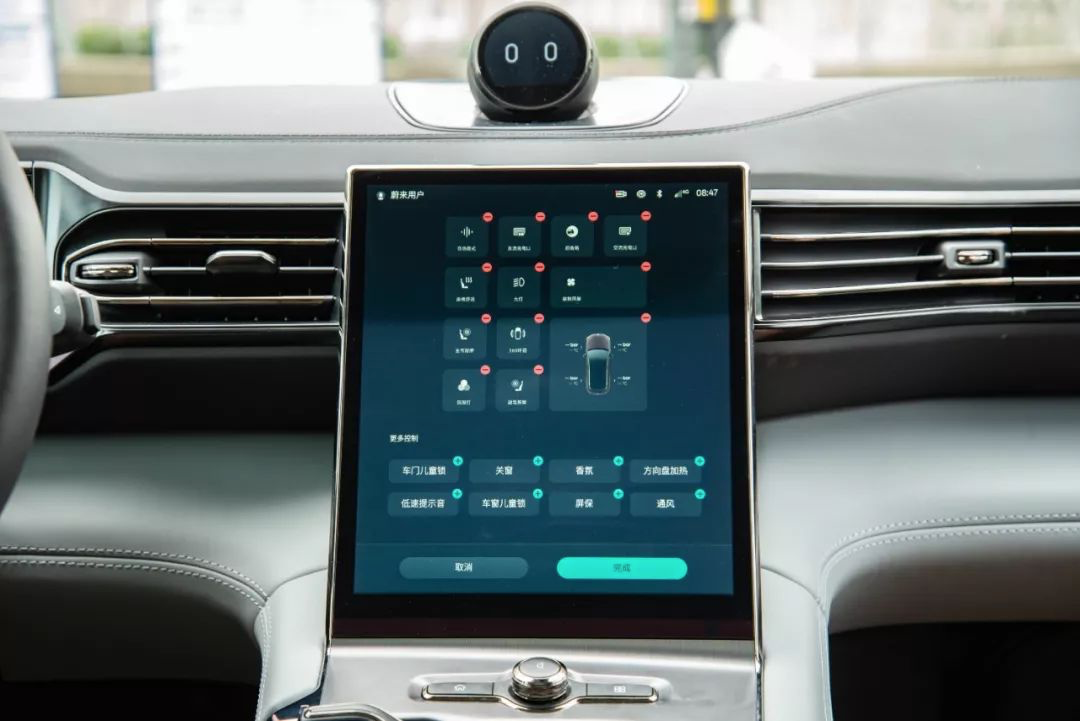
In terms of functionality, this system is equipped with navigation provided by Baidu and multimedia system provided by QQ Music, which are the two most frequently used functions in driving and work very well.
Overall, compared to the previous version, this system has significantly improved both in visual and operational experience. However, every system requires a learning period, but once you are familiar with it, this system is very user-friendly.
Moreover, besides the center console screen, there is also a dashboard screen which is the same size as the one in ES8, measuring 8.8 inches. After updating to NIO OS 2.0, the display on the dashboard has been optimized, mainly in terms of UI. There is not much difference in the layout of displayed information compared to the old version.
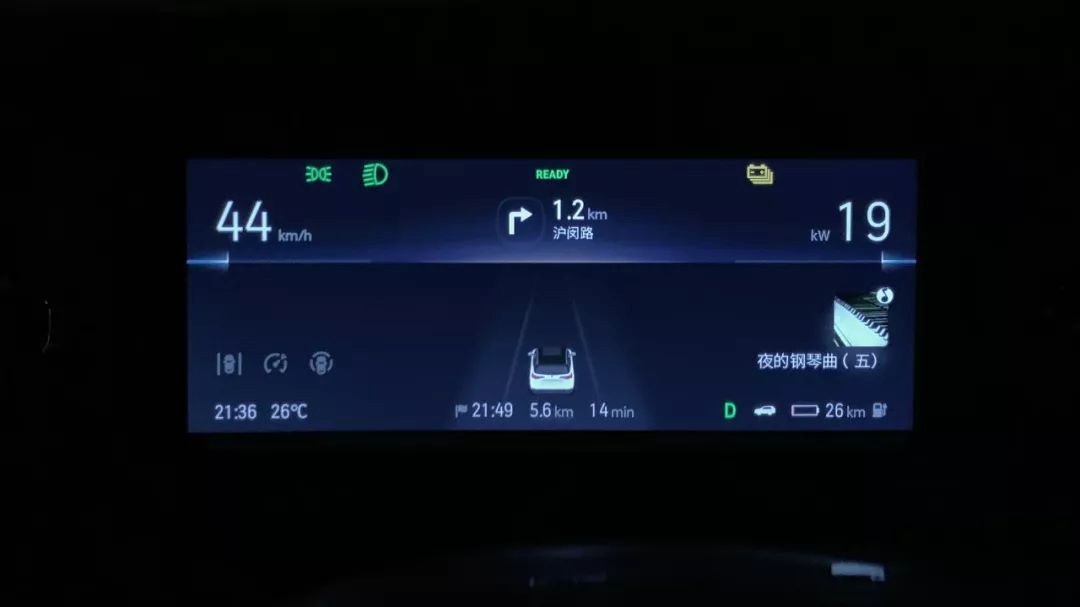
The speed and power output display ratio on the left and right sides are the same, which can make it difficult to find the focal point. The central assisted driving information display is not very useful, yet it takes up a lot of space. However, adjusting the display on the bottom right-hand corner of ES6 is much more convenient.
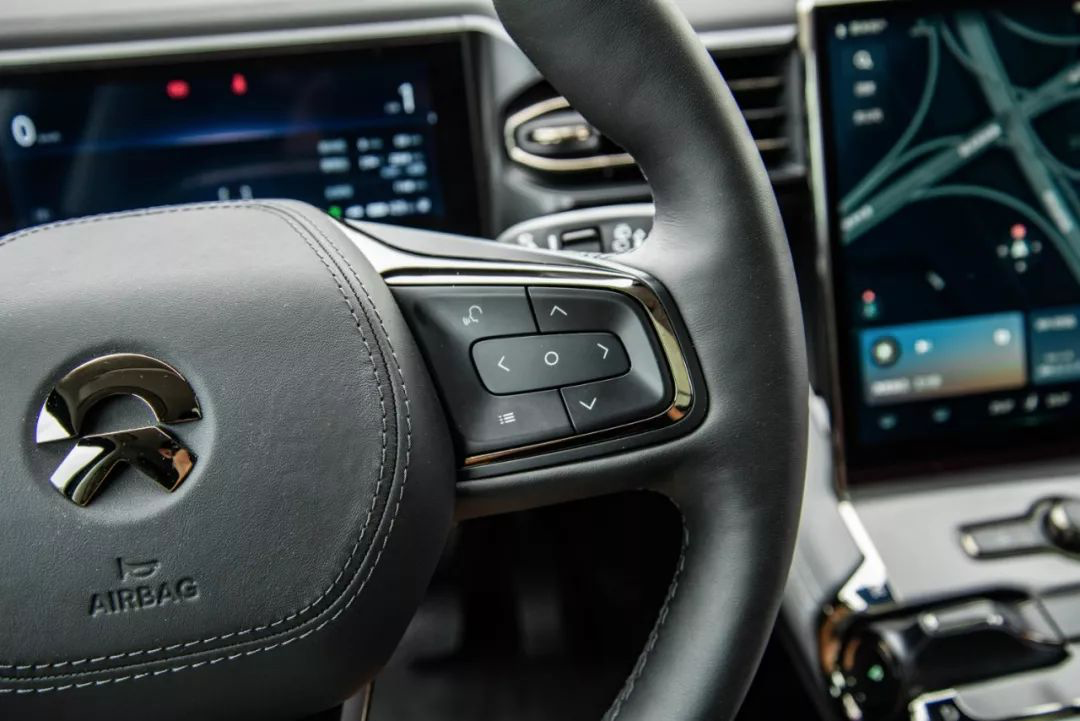
The button area on the steering wheel is several times larger than the previous version, making it very convenient and easy to press. The information switch level in the lower right corner of the dashboard has been changed from multi-level to single-level, making it more convenient and the types of information have been reduced from over a dozen to three including music, trip mileage, and motor data.
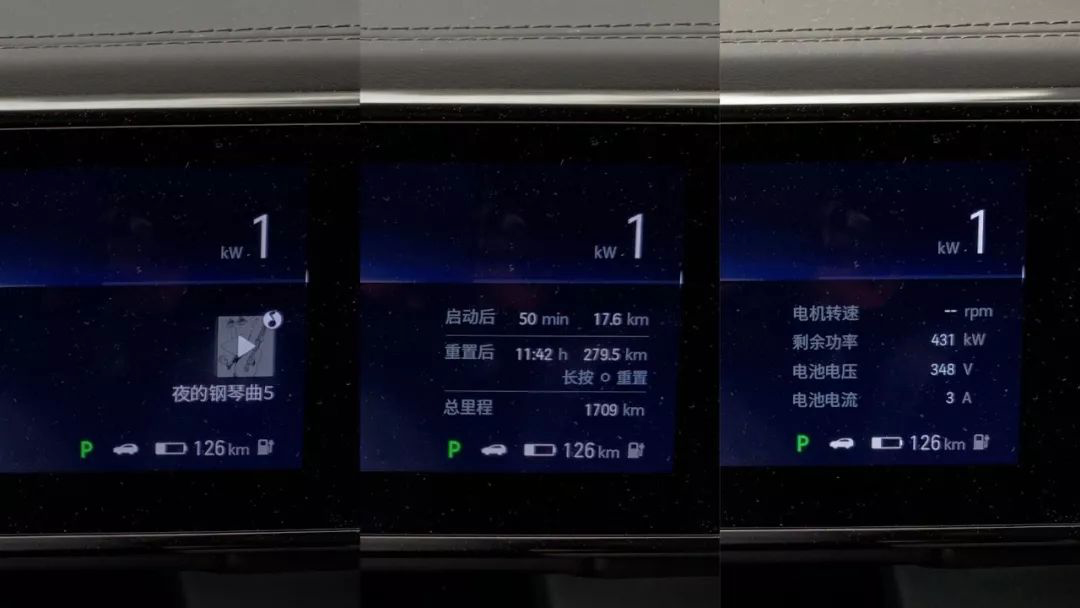
Finally, here are three minor issues to address:
Panoramic imagery: The distortion control and screen stitching of the panoramic imagery in ES6 are relatively ordinary, and it is not possible to display the images of the front or rear cameras on top of the panoramic imagery, which is not convenient when parking in narrow spaces.
Front radar: ES6 has a total of 12 ultrasonic radars, but the front radar does not work when driving at low speeds. To know the distance between the vehicle and obstacles in front, the panoramic imagery must be turned on manually, which is not very convenient.
Window control: Whether in ES8 or ES6, when it is shifted to the P gear and the driver gets off the car, the windows cannot be controlled, which is very inconvenient in actual driving situations.
We hope that these four minor issues can be further optimized by NIO in future software updates.## NIO ES6 – A Product of NIO’s Dedication to Perfection
We are currently unable to evaluate the advanced driving features of NIO ES6, as NIO Pilot has not yet been made available. Once NIO Pilot is launched, we will conduct a comprehensive evaluation of it using 42Test’s testing standards. For now, let’s move on to the conclusion.
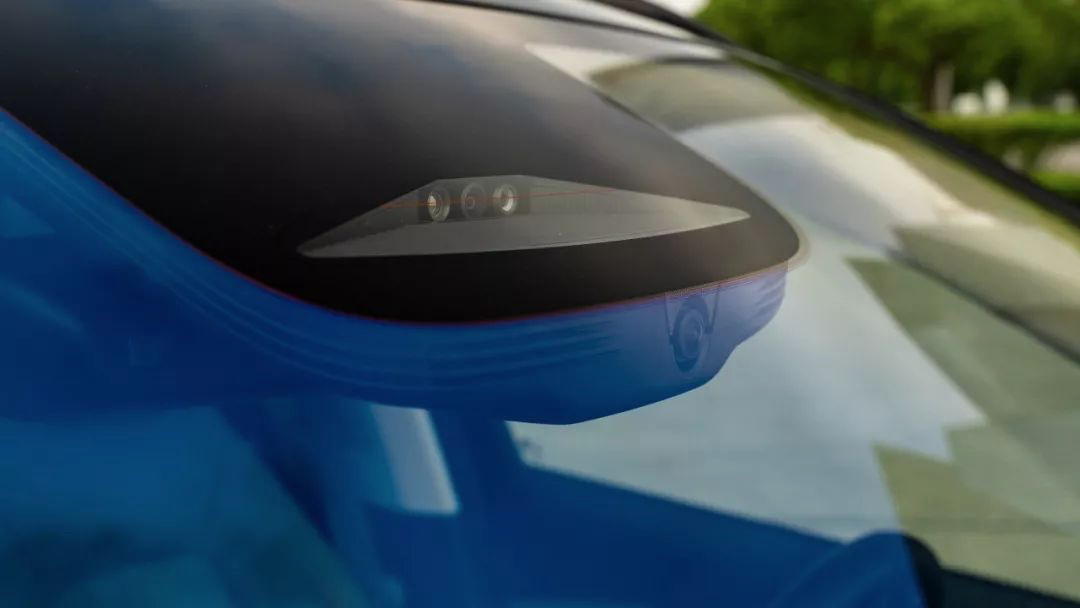
ES6 is not a perfect car, while its acceleration capability is impressive, there is still room for improvement in terms of the overall driving experience. However, from the perspective of a family car, the ES6’s interior is luxurious enough and the space is spacious enough. Moreover, the 70 kWh version of the ES6 can meet the needs of most users in terms of city endurance.
If you have high requirements for the quality of a car’s interior and space, NIO ES6 is worth a try. Don’t forget that in addition to ES6 itself, NIO also provides thoughtful services akin to Haidilao.
This article is a translation by ChatGPT of a Chinese report from 42HOW. If you have any questions about it, please email bd@42how.com.
